Le Mans the Magnificent
Images: Makarand Baokar
When we heard at Chantilly Arts & Elegance that Sylviane and Patrick Peter were officially stepping back from running Peter Auto and their renowned events – and that the reins were being handed over to the Tour de France organisers – we couldn’t help but feel a twinge of concern for the future of our favourite historic motorsport gathering.
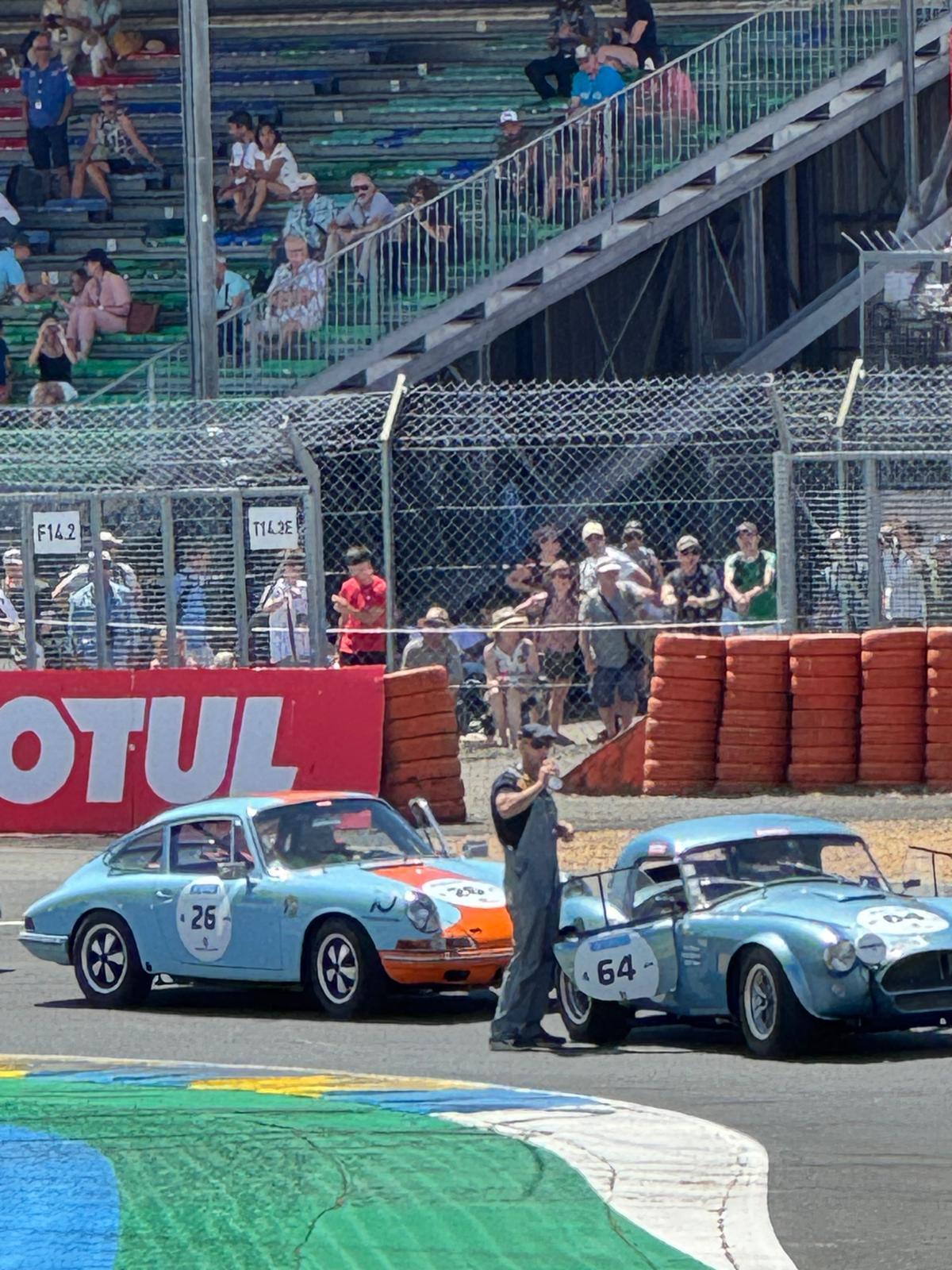
But by the end of Sunday, 6th July, any doubts had been put to rest. Under the guidance of Marc Ouayoun, Peter Auto and its ever-passionate team (made up of Marie-Laure Cannaméla, Solène Bouchut, Charlotte Ranson, Amandine Desruelle, Zoé André, amongst others) showed that the legacy is not only intact but thriving. The 2025 edition of Le Mans Classic proved to be every bit as spectacular – if not more so – than previous editions.
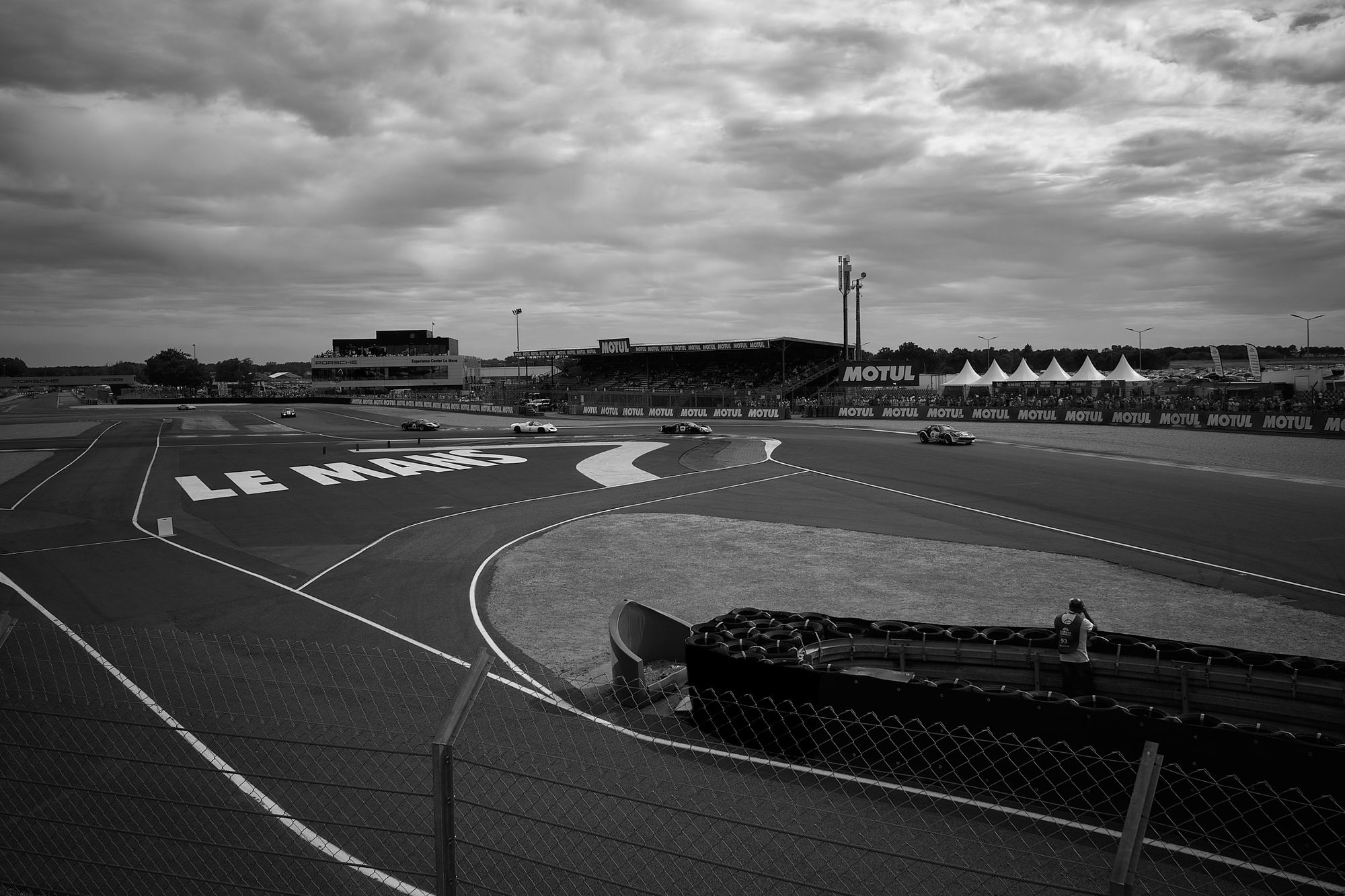
Over 700 historic racing cars returned to the legendary 14-kilometre Circuit de la Sarthe, while more than 9,000 classic vehicles packed the infield, offering a feast for the eyes of every kind of enthusiast. Despite a rainy Sunday, the weekend was packed with thrilling racing action that spanned the entire history of endurance racing.
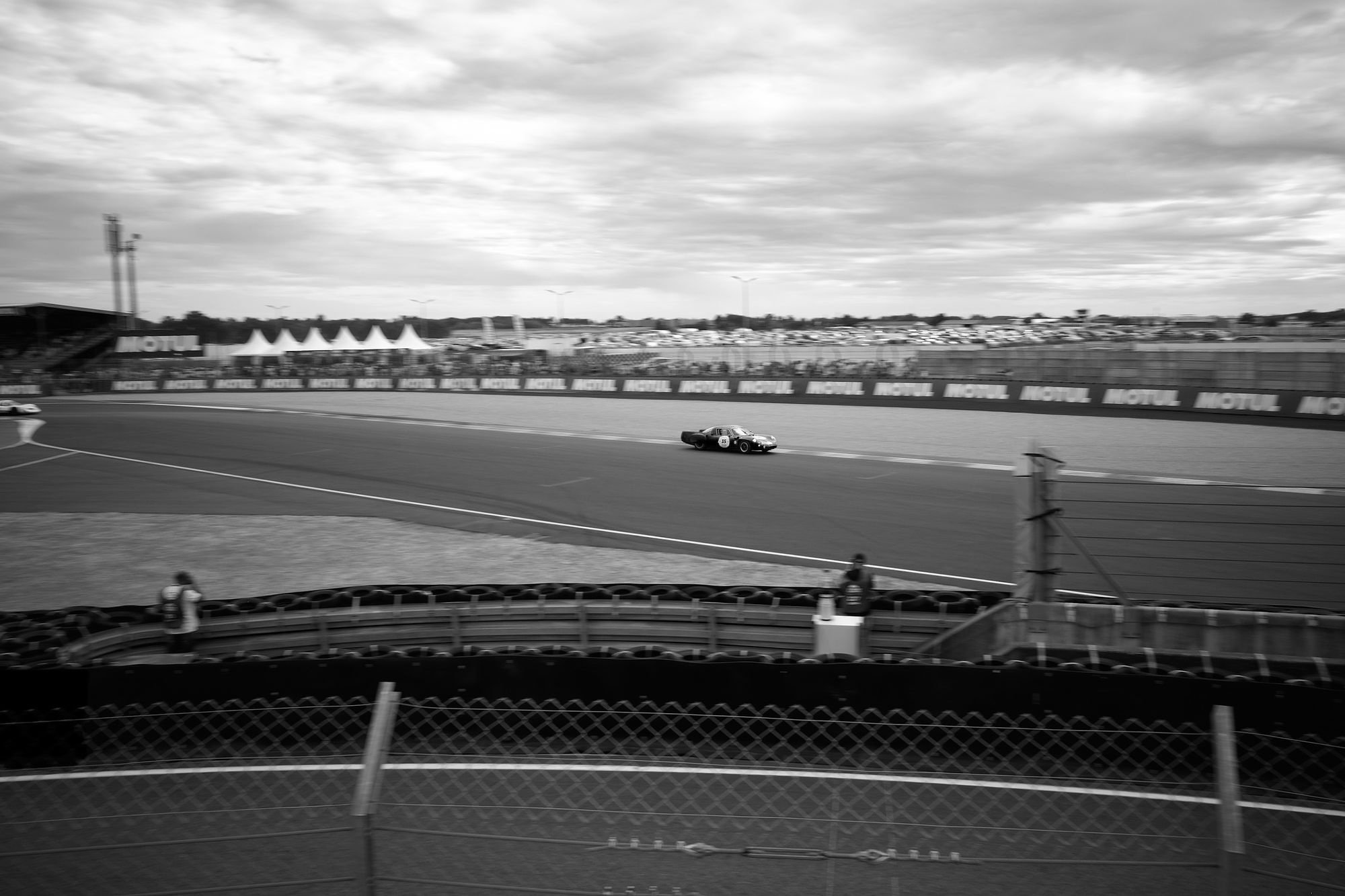
Held biennially, Le Mans Classic has become a cornerstone of the global historic motorsport calendar. The 2025 event showcased iconic endurance cars divided into era-specific grids, ranging from 1920s prototypes to machines of the early 2000s.
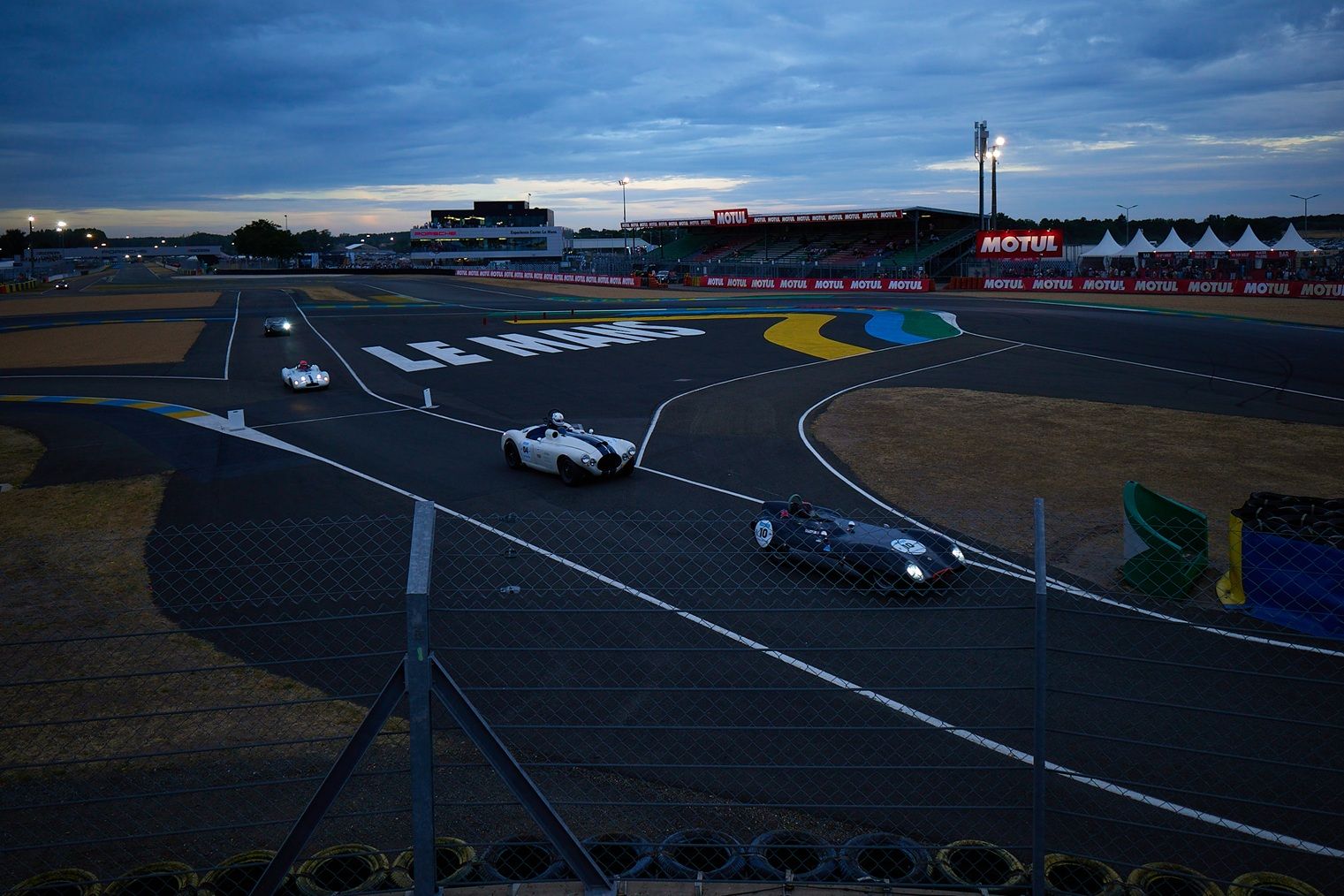
This year's competition was fierce across all classes and drew a record-breaking 238,000 spectators – up from 235,000 in 2023.
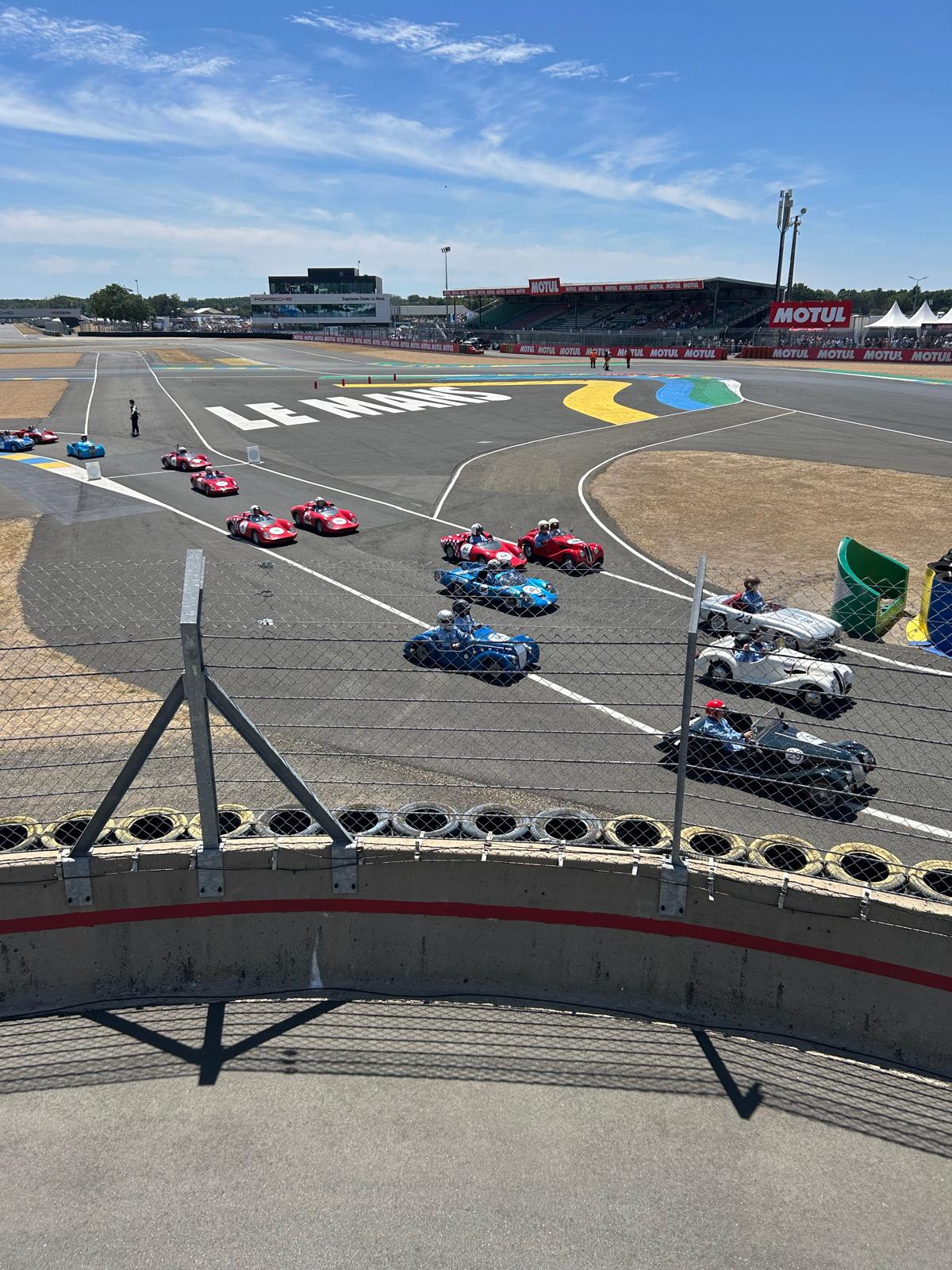
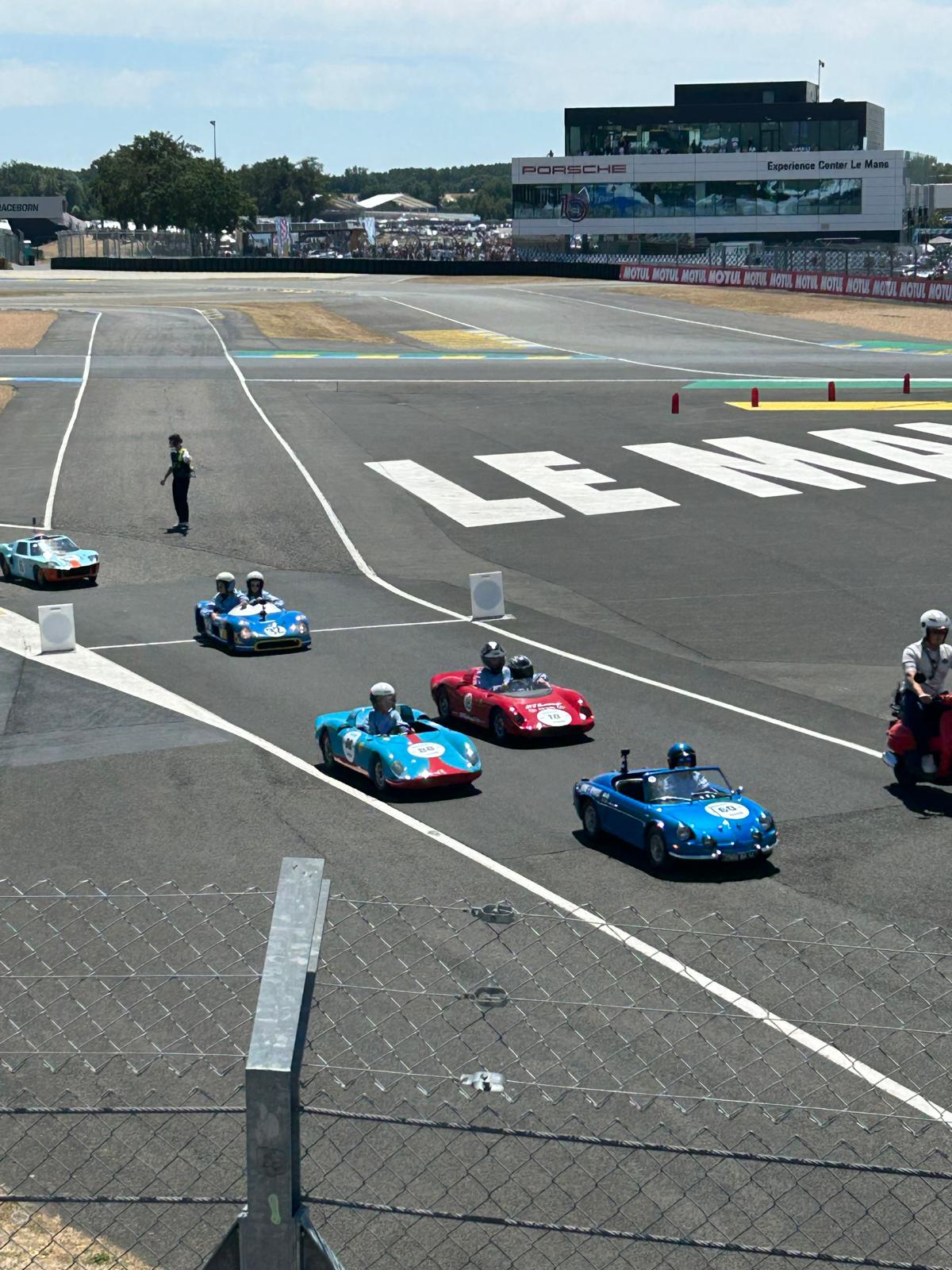
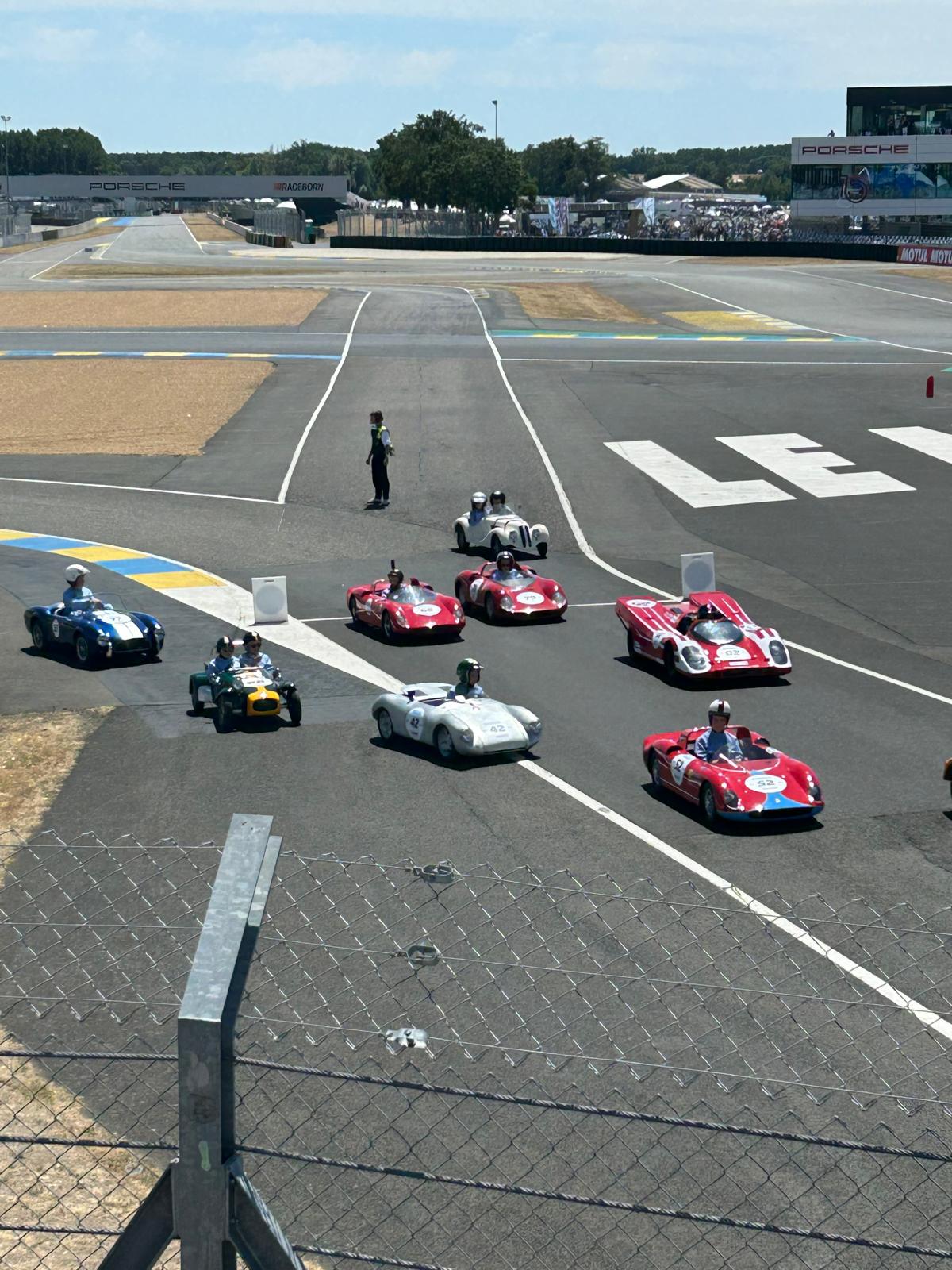
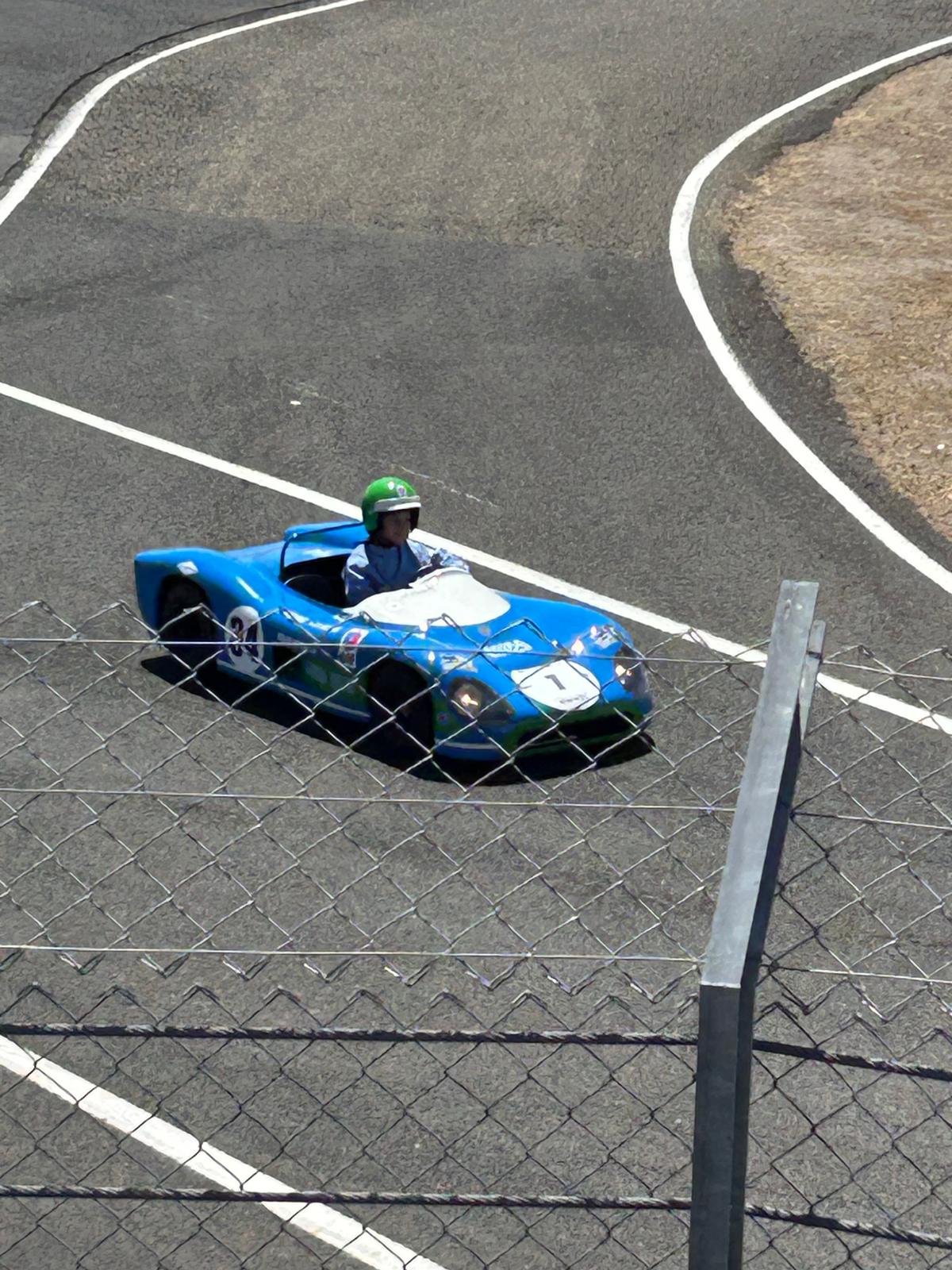
The racing grids provide a journey through time. The event featured six primary grids based on historic periods of the 24 Hours of Le Mans:
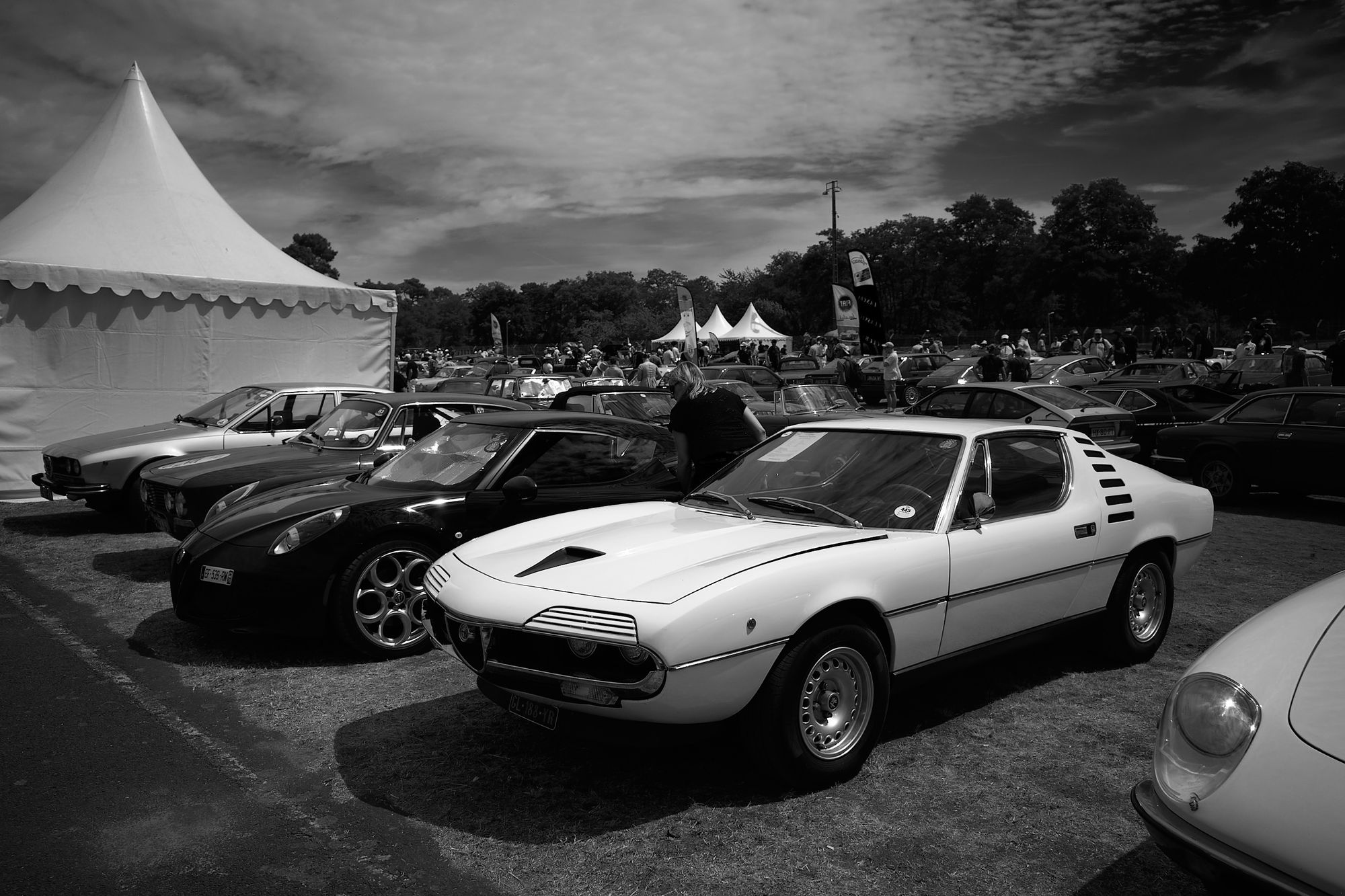
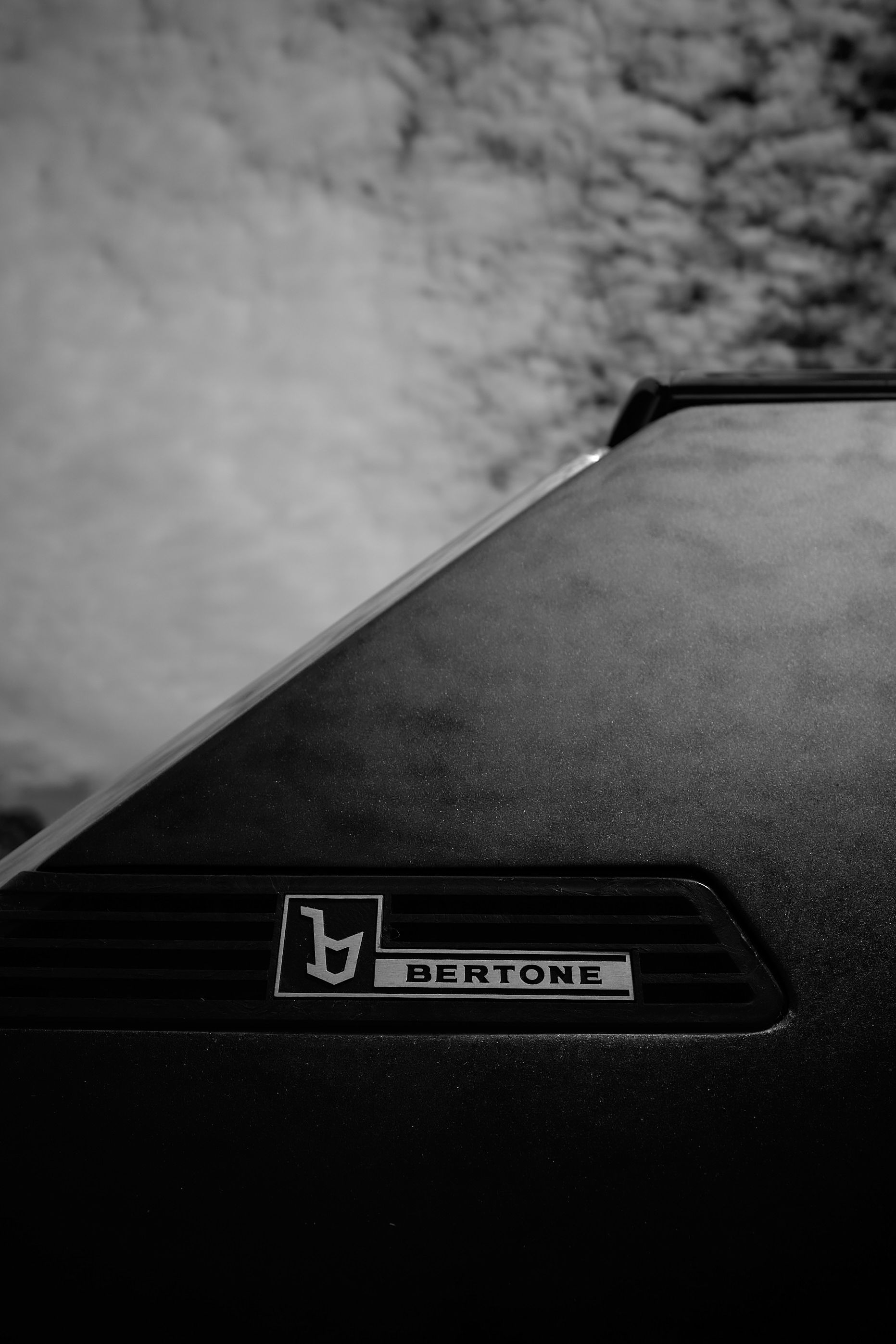

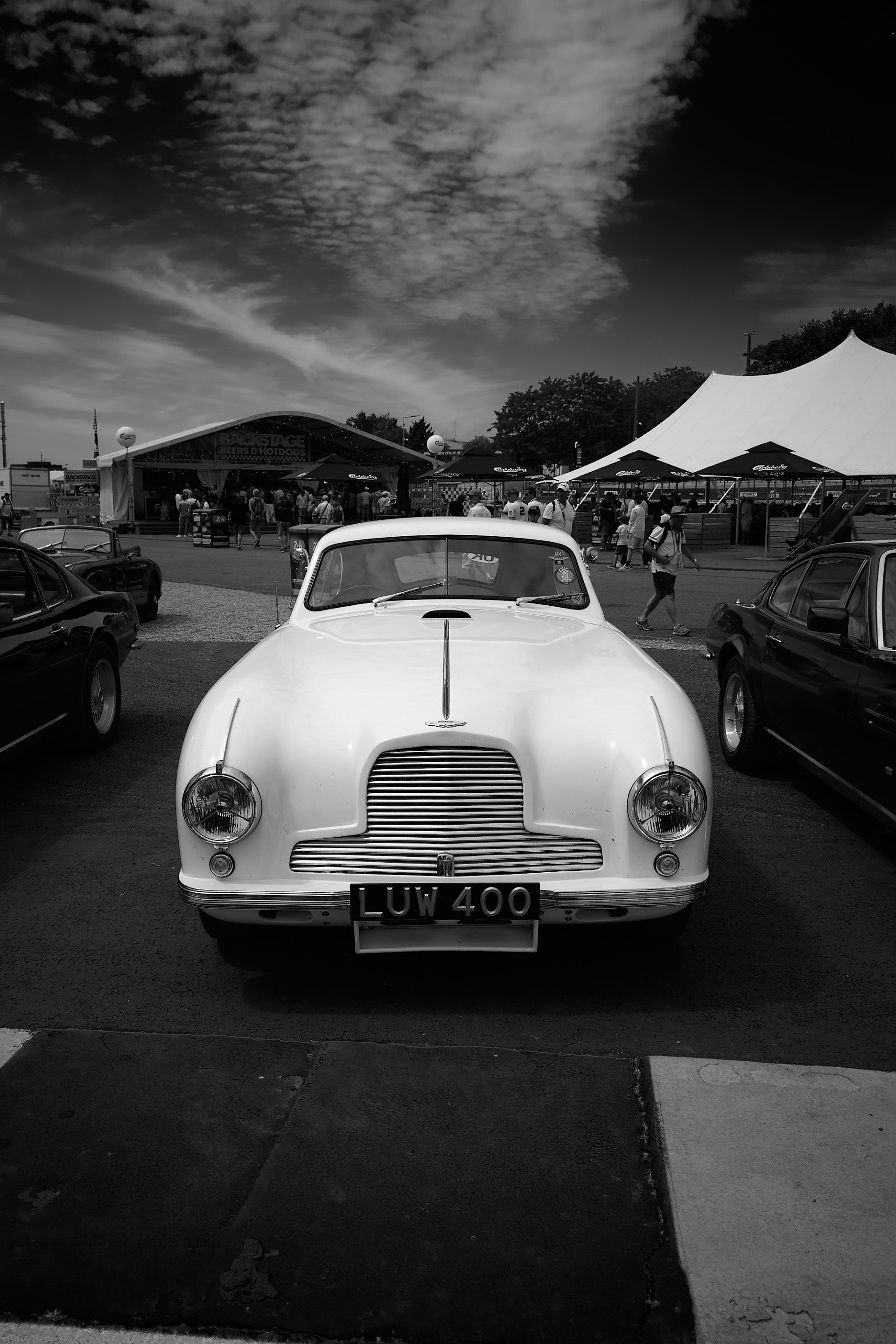
· Grid 1 (1923–1939): Pre-war legends, where Fritz Burkard won the first race in a 1931 Alfa Romeo 8C. Ultimately, Martin Halusa and Alexander Ames claimed overall victory in a 1932 Alfa 8C Zagato.
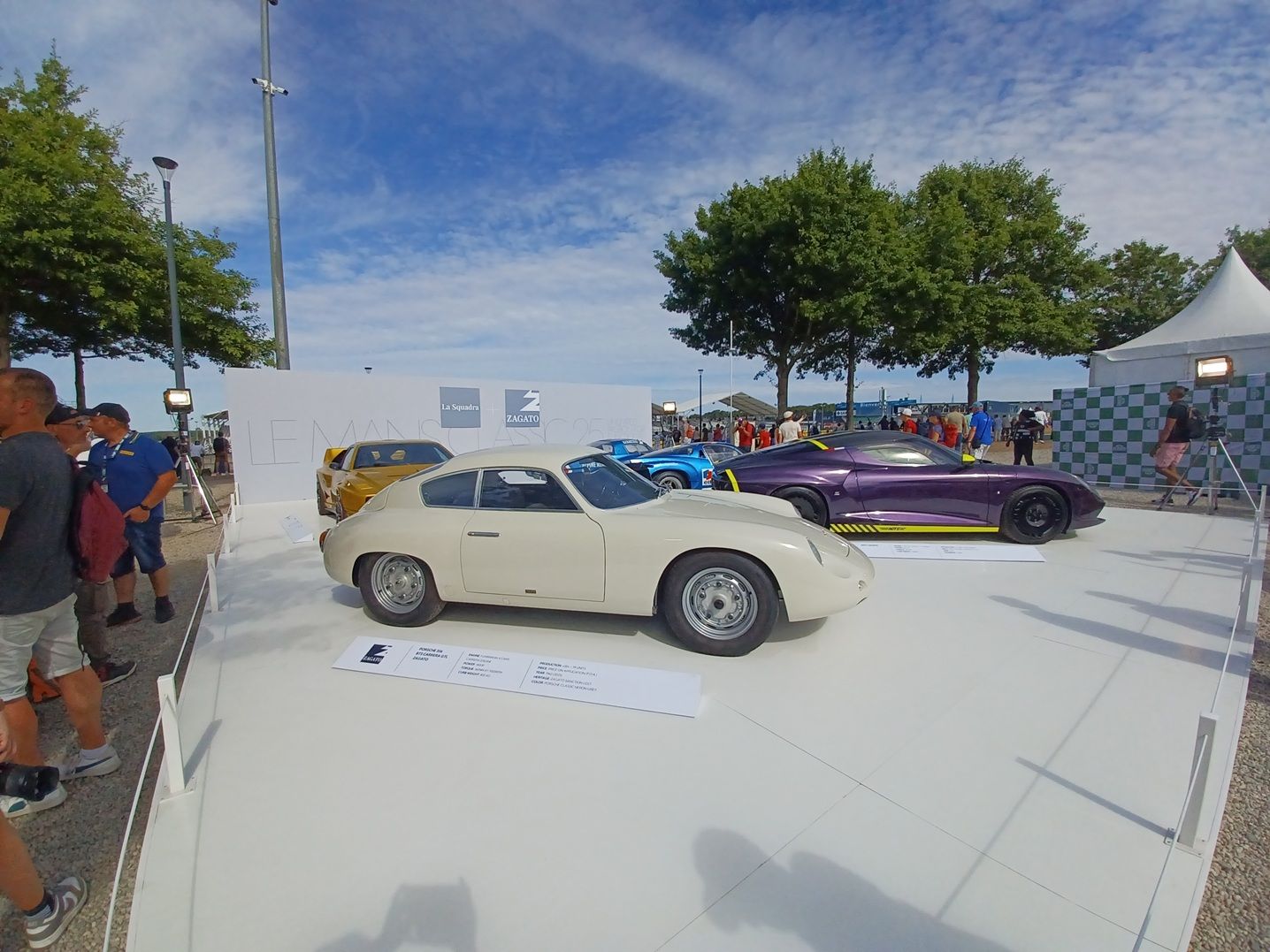
· Grid 2 (1949–1956): Nigel Webb and Chris Ward dominated in a 1952 Jaguar C-Type, winning all three races.

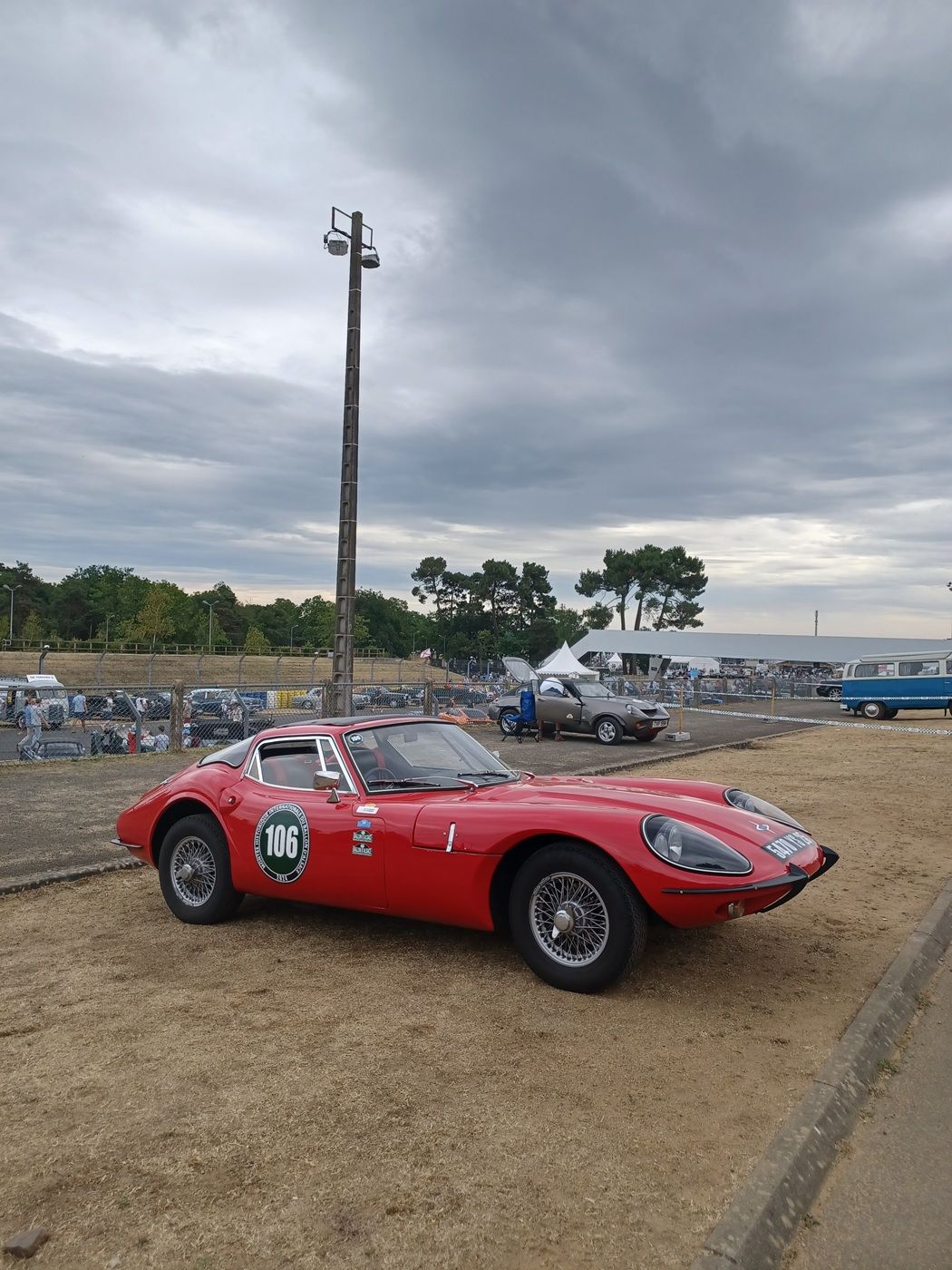
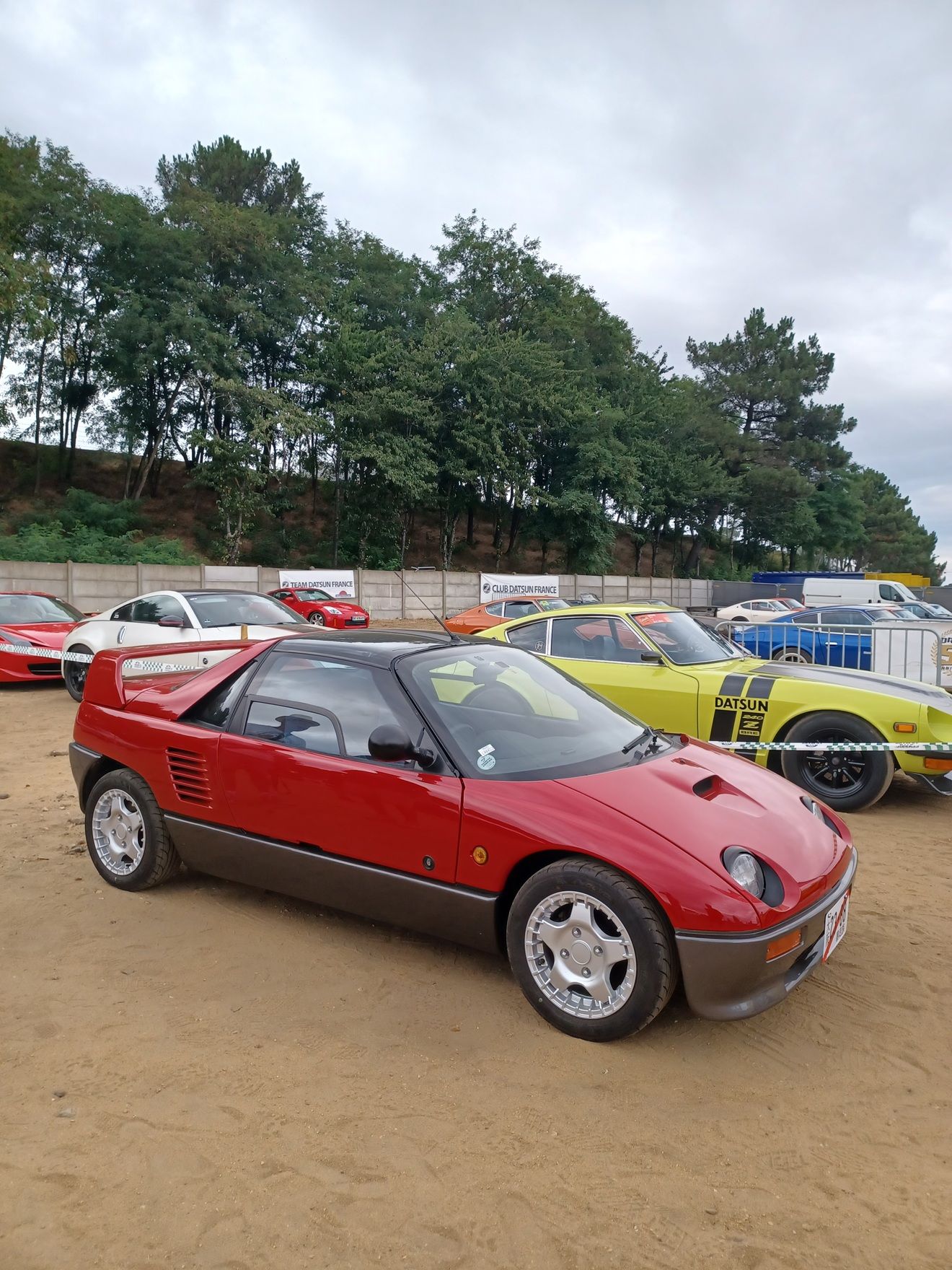
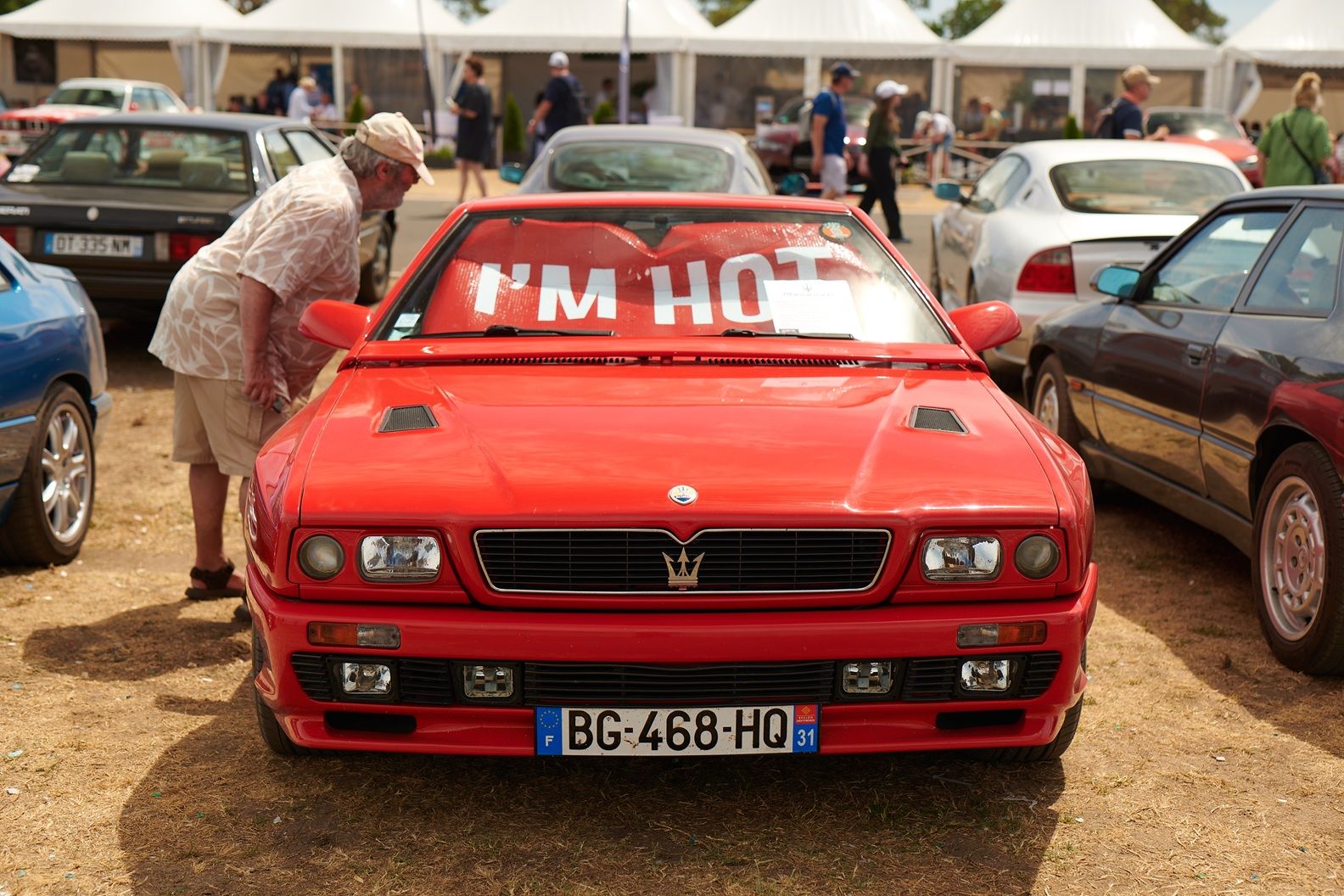
· Grid 3 (1957–1961): Featured tight battles, with wins from a 1959 Lister Jaguar Costin (driven by Hans Hugenholtz and Emanuele Pirro) and a Ferrari 250 GT SWB (driven by Meier/Lips).
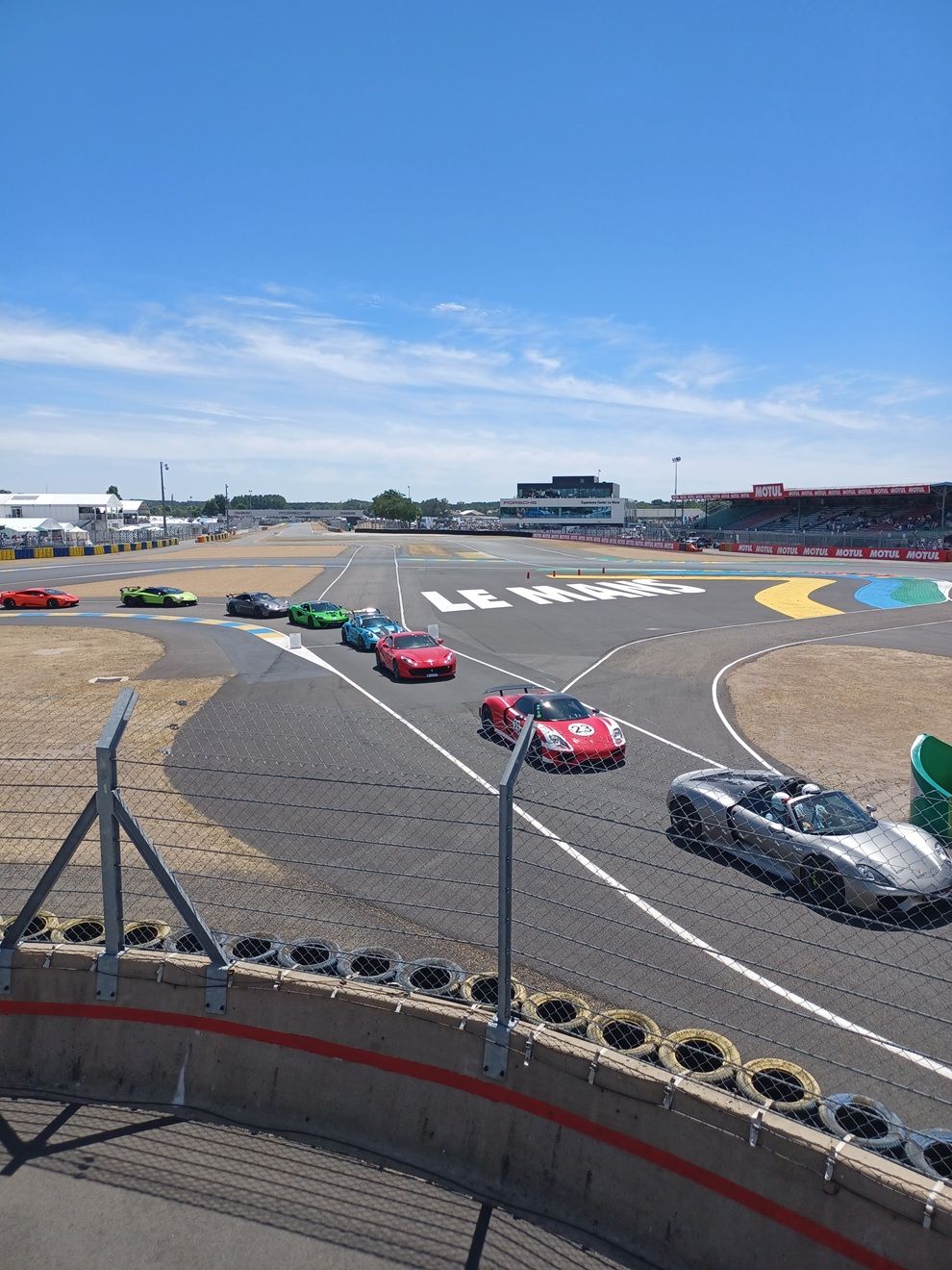
· Grid 4 (1962–1965): Delivered some of the weekend’s most thrilling action. Emile Breittmayer’s Ford GT40 won the first race, Richard Meins took the second under rainy night conditions, and Alex van der Lof/Yelmer Buurman won the third in a Ferrari 250 LM – marking 60 years since the model's original Le Mans triumph. Breittmayer’s GT40 clinched the overall grid victory.
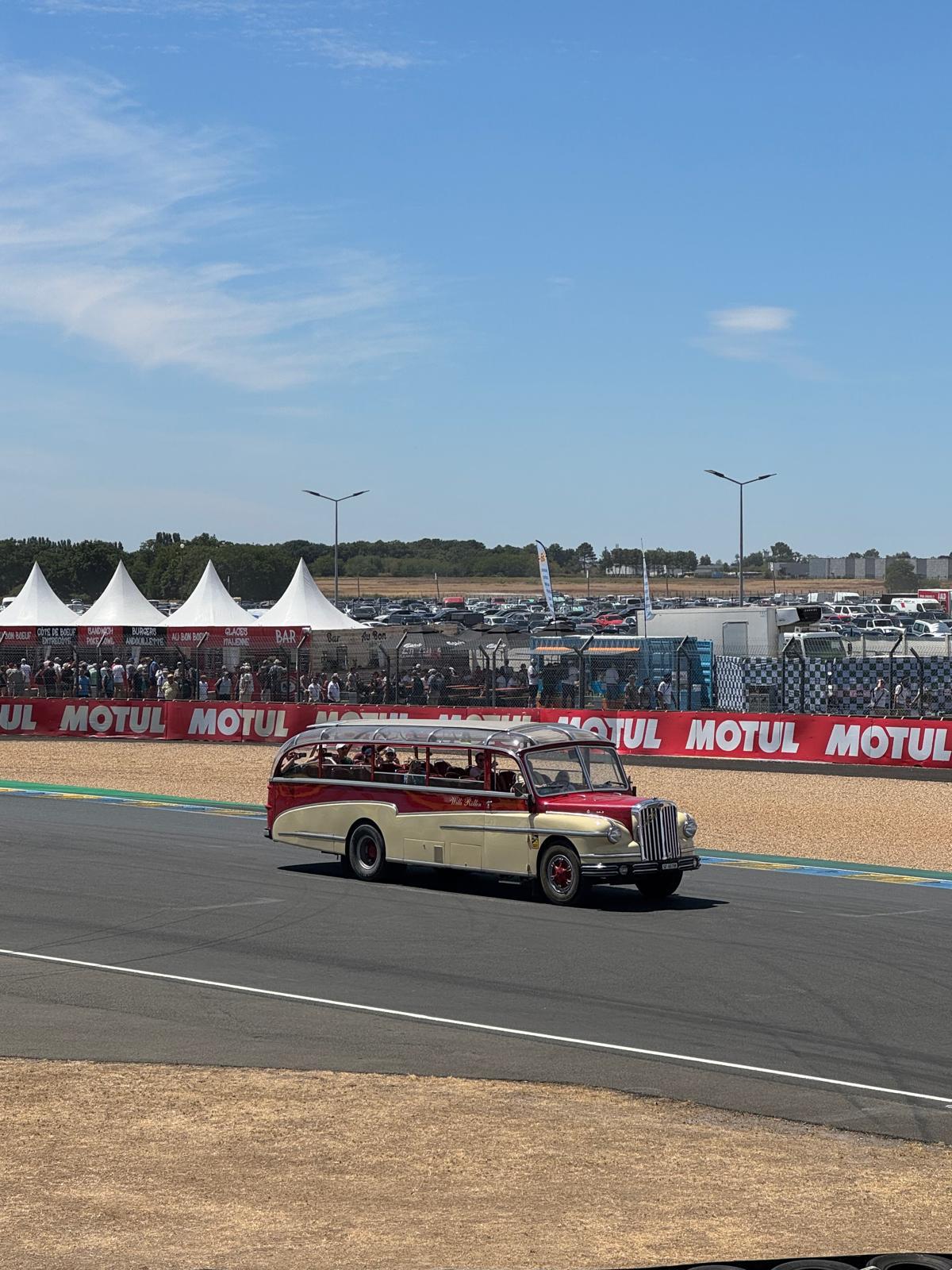
Notably, Grid 4 included eight Ford GT40 Mk1s, alongside four Ferraris – two 275 GTBs and two 250 LMs. A standout moment was the photo-finish in race one, with Breittmayer narrowly beating Max Lynn’s #83 GT40 by just four-tenths of a second.
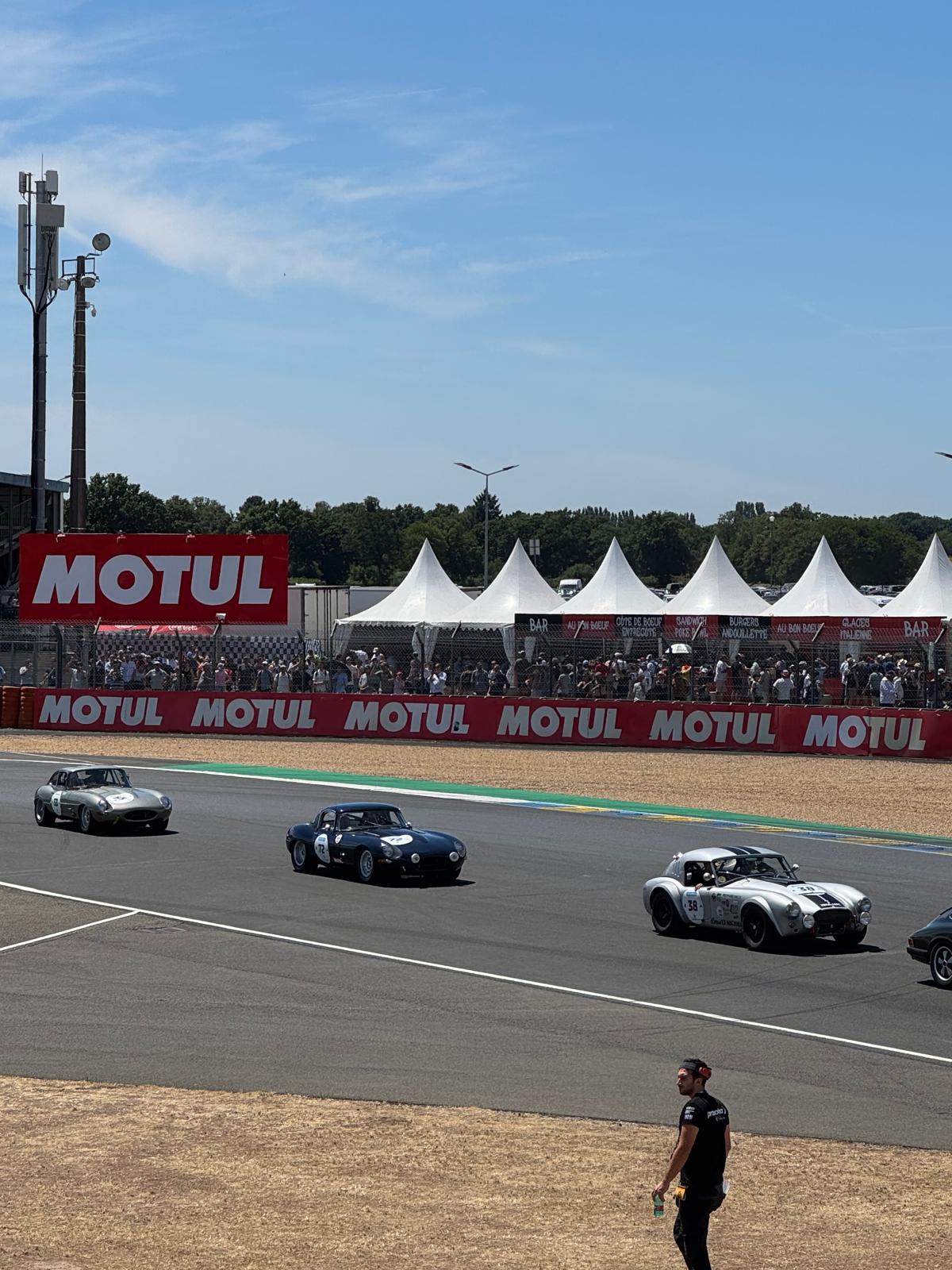
· Grid 5 (1966–1971): Dominated by Ferrari, with the 512M (Halusa & co.) winning two races and the 312P (Lips/Stippler) taking the third.
· Grid 6 (1972–1981): Maxime Guenat secured both race wins in a Lola T286.
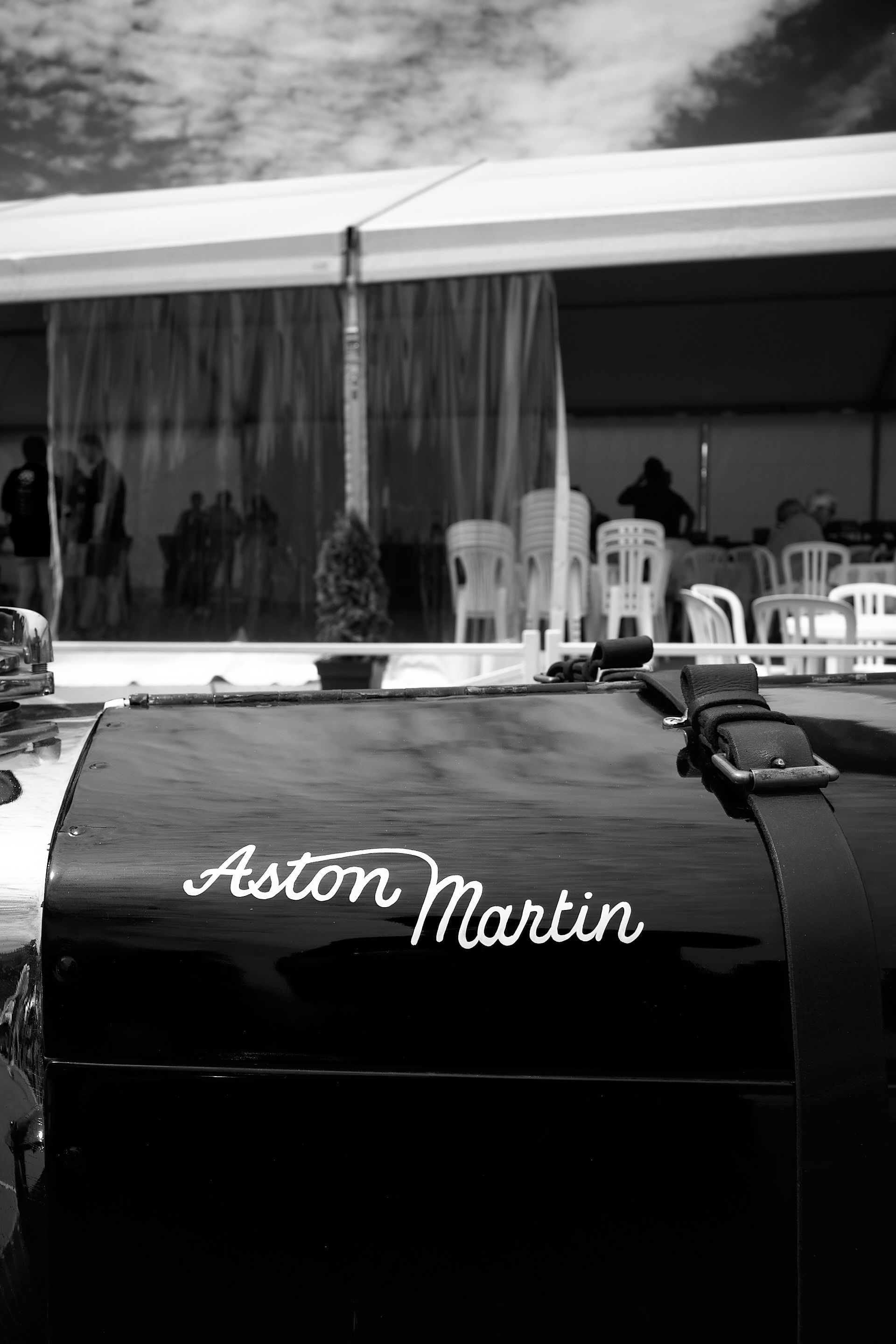
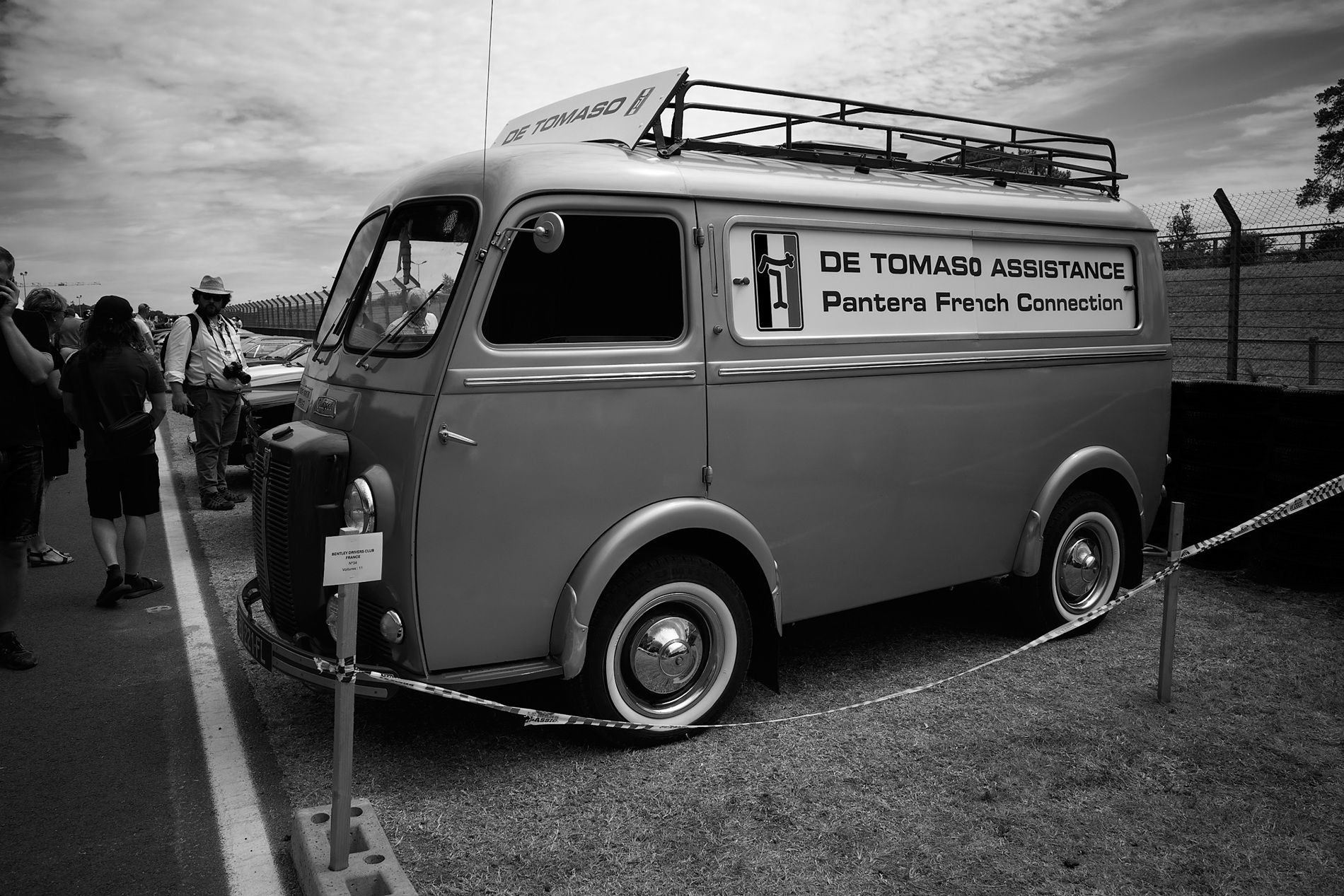
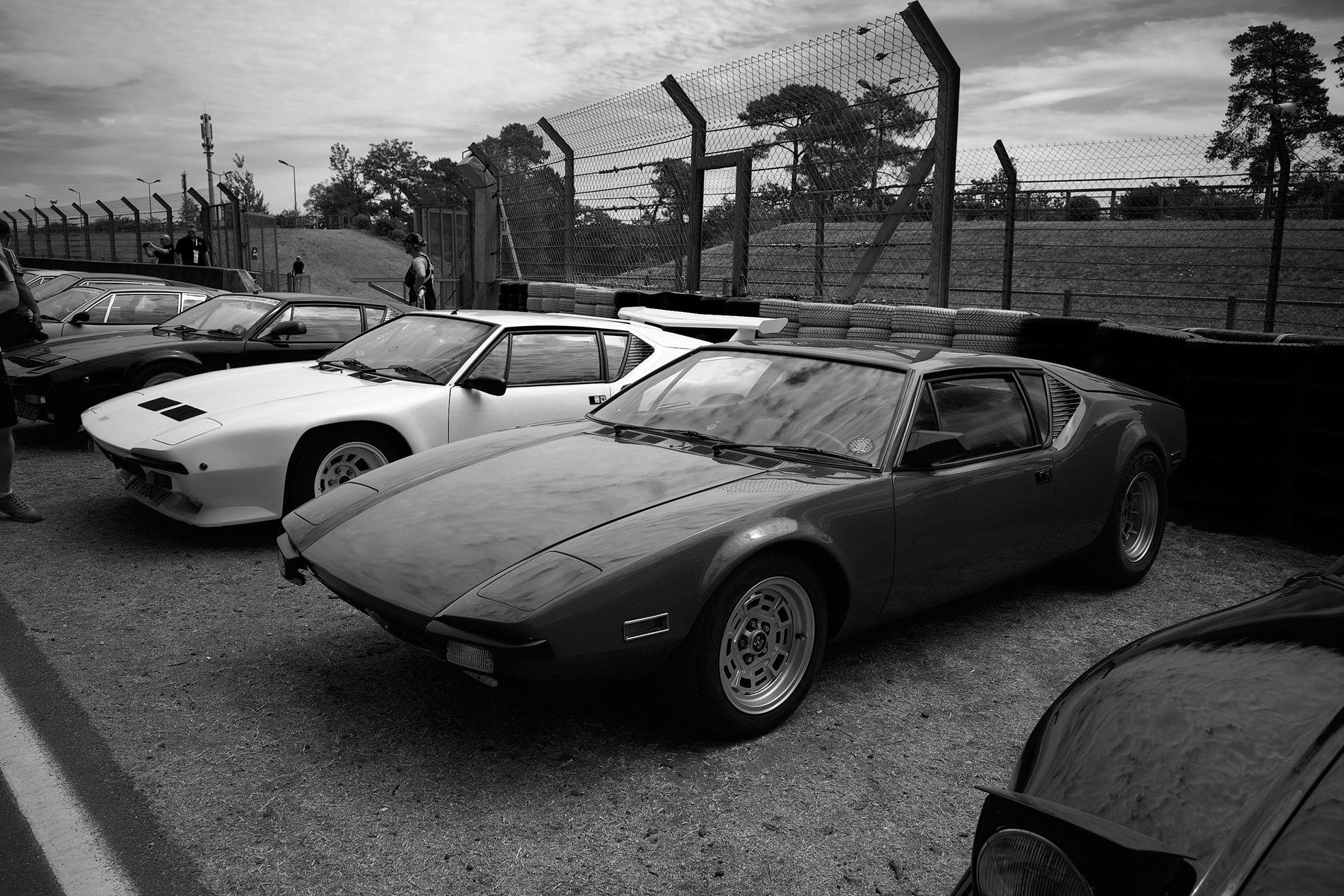
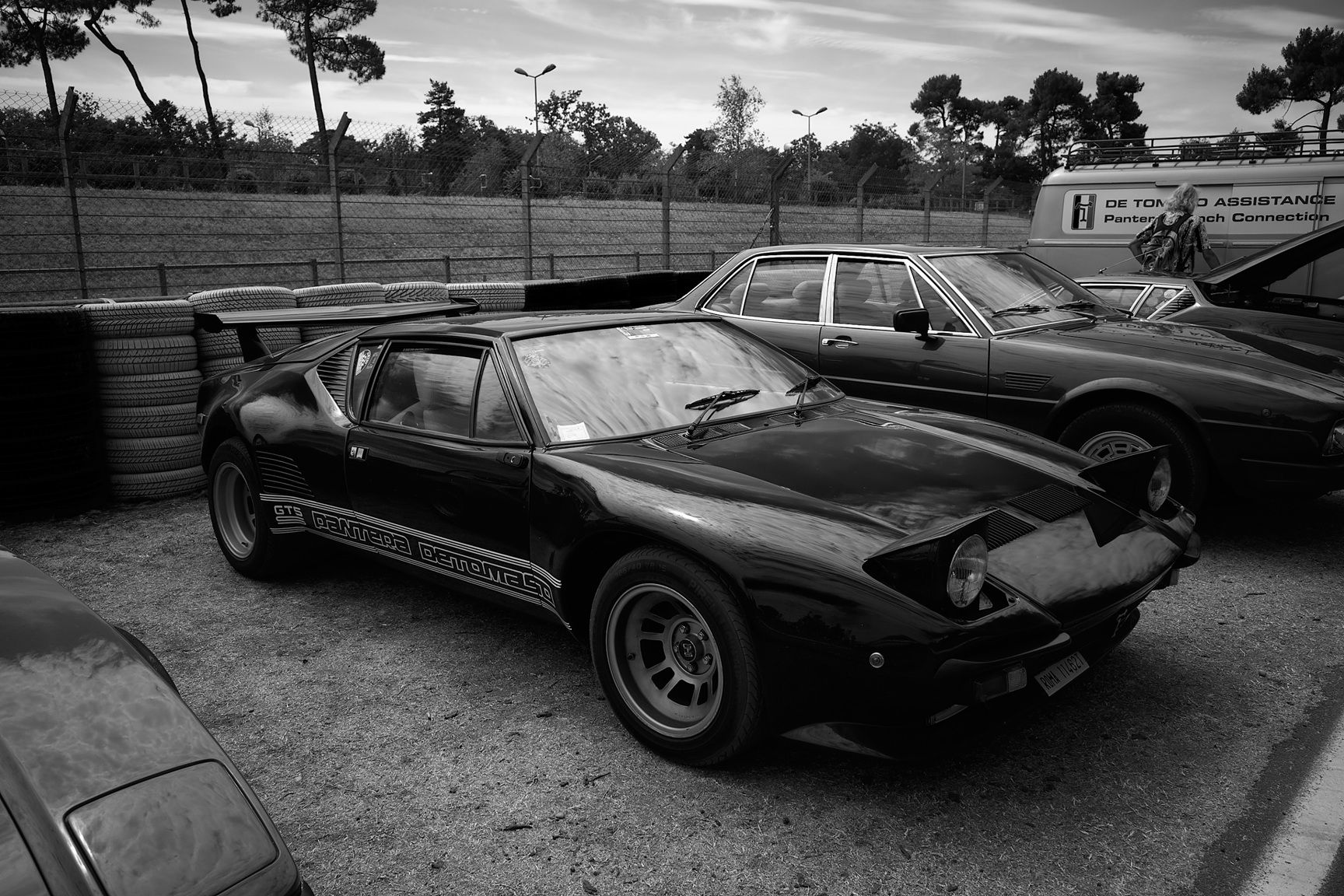
Additional excitement came from the Endurance Racing Legends grid, Group C demonstrations, and a thrilling Porsche Classic Race. The latter saw a 1969 Porsche 917K triumph over a strong field of 935s.
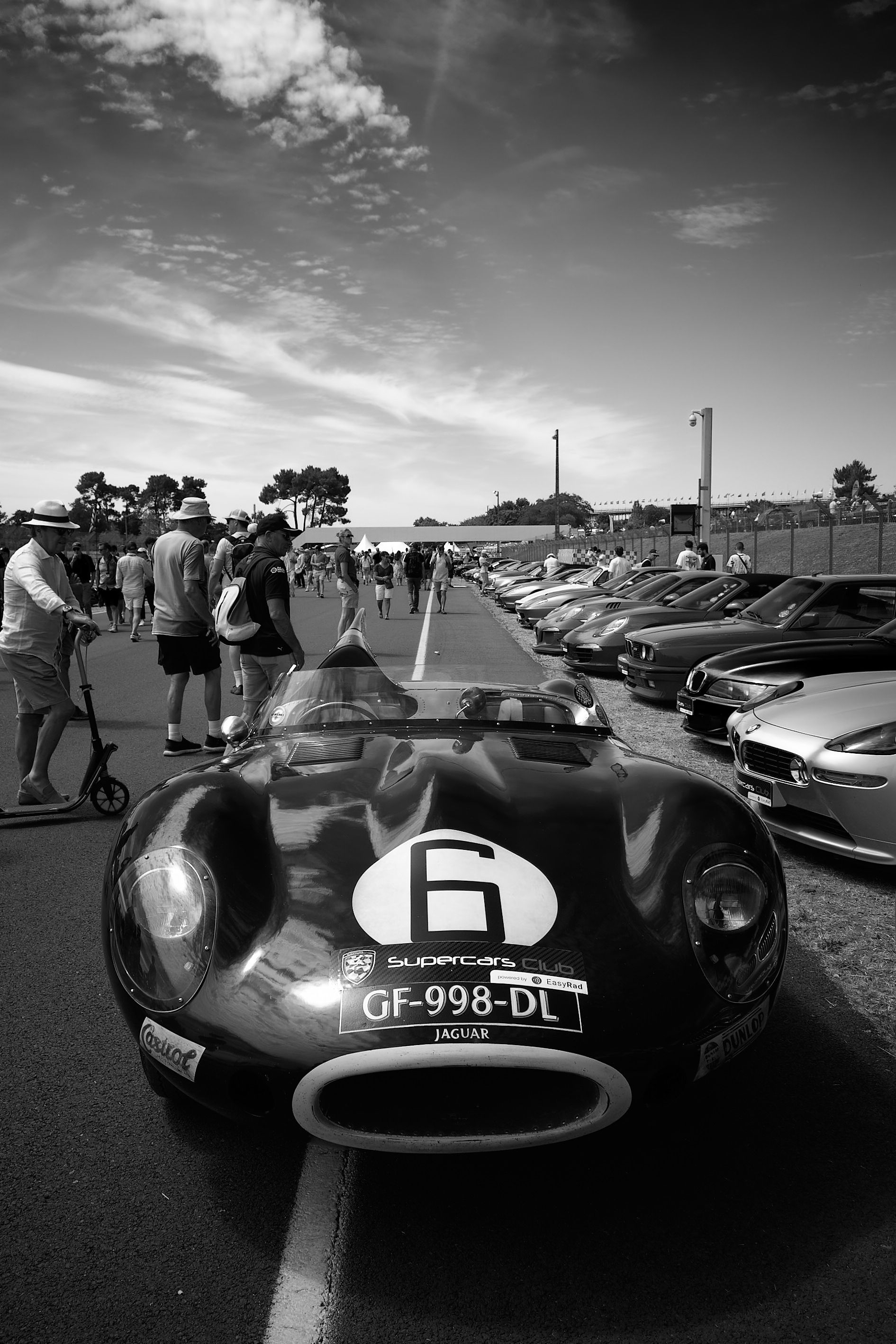
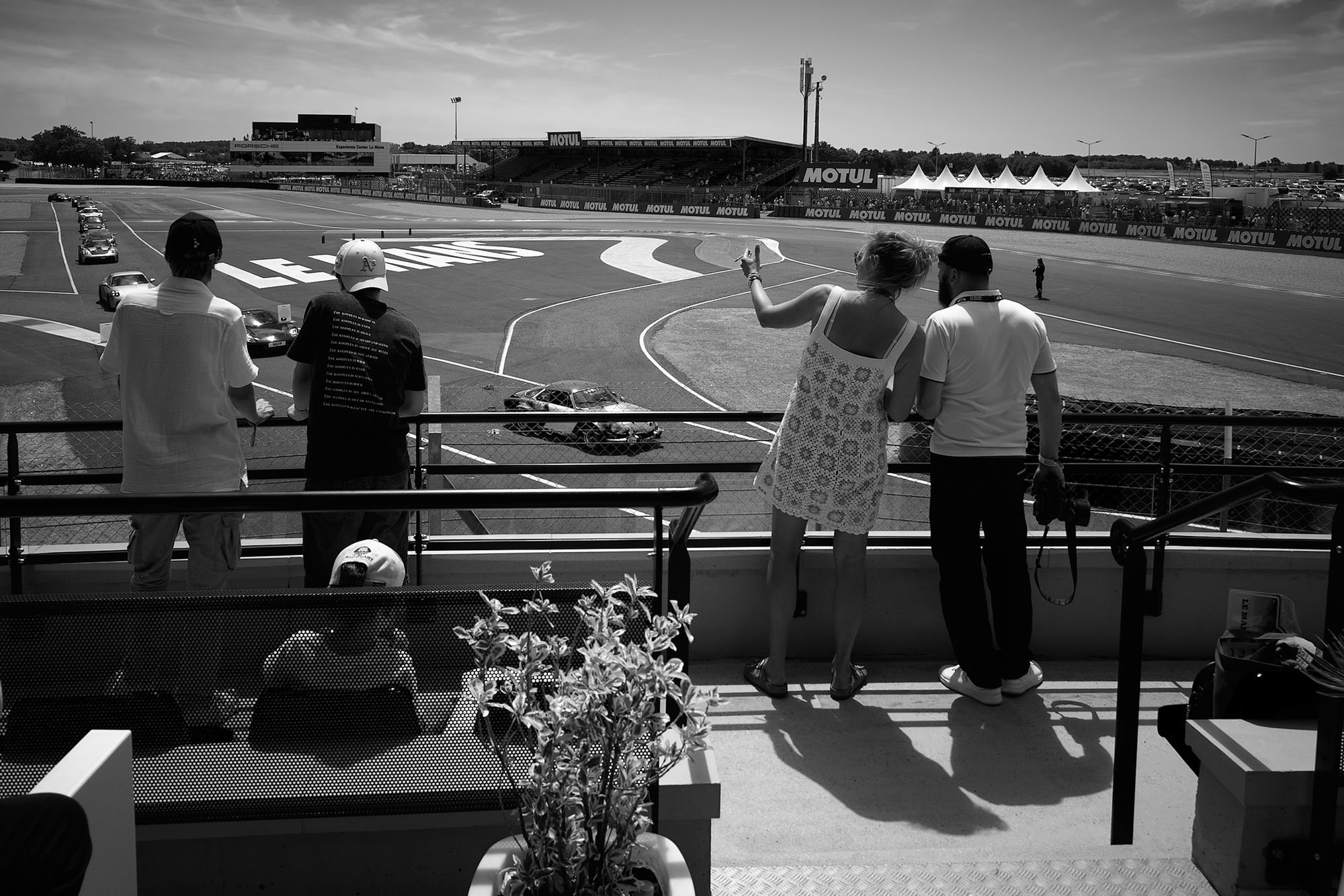
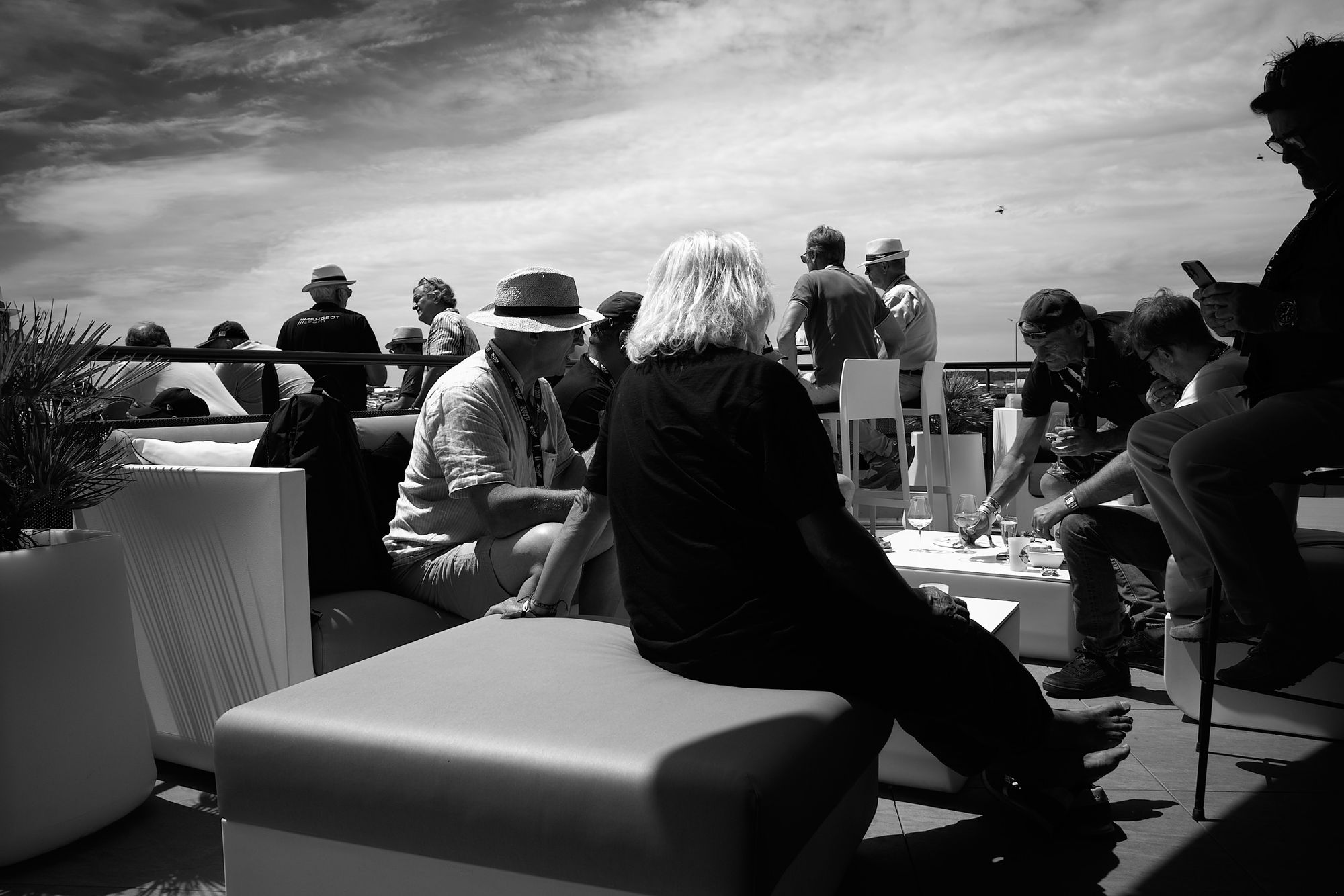

The event was not just about racing. The weekend featured live music, car exhibitions, luxury hospitality areas (like the VIP Légende and Heritage packages), and vibrant community zones, ensuring there was something for every kind of visitor.
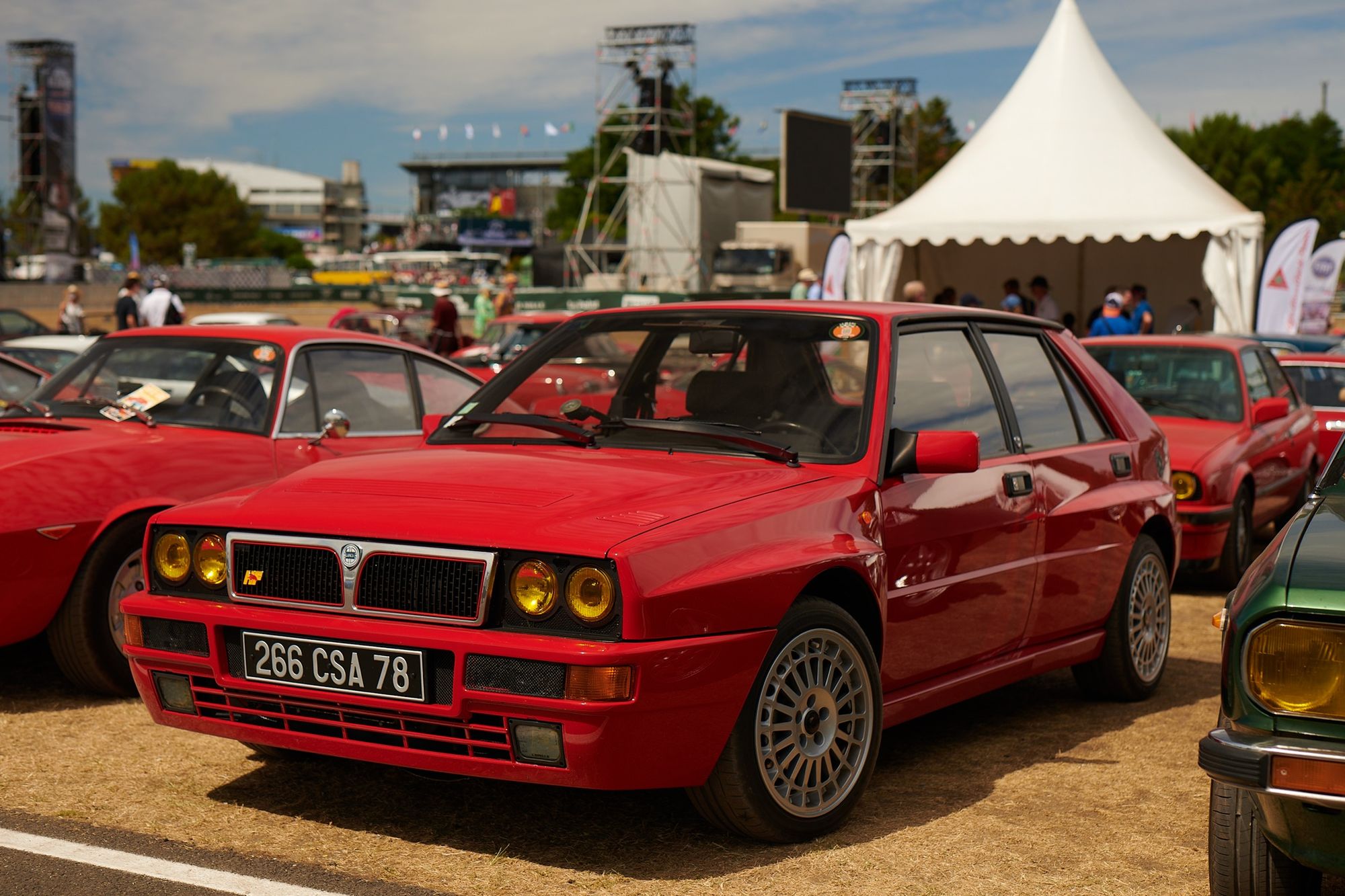
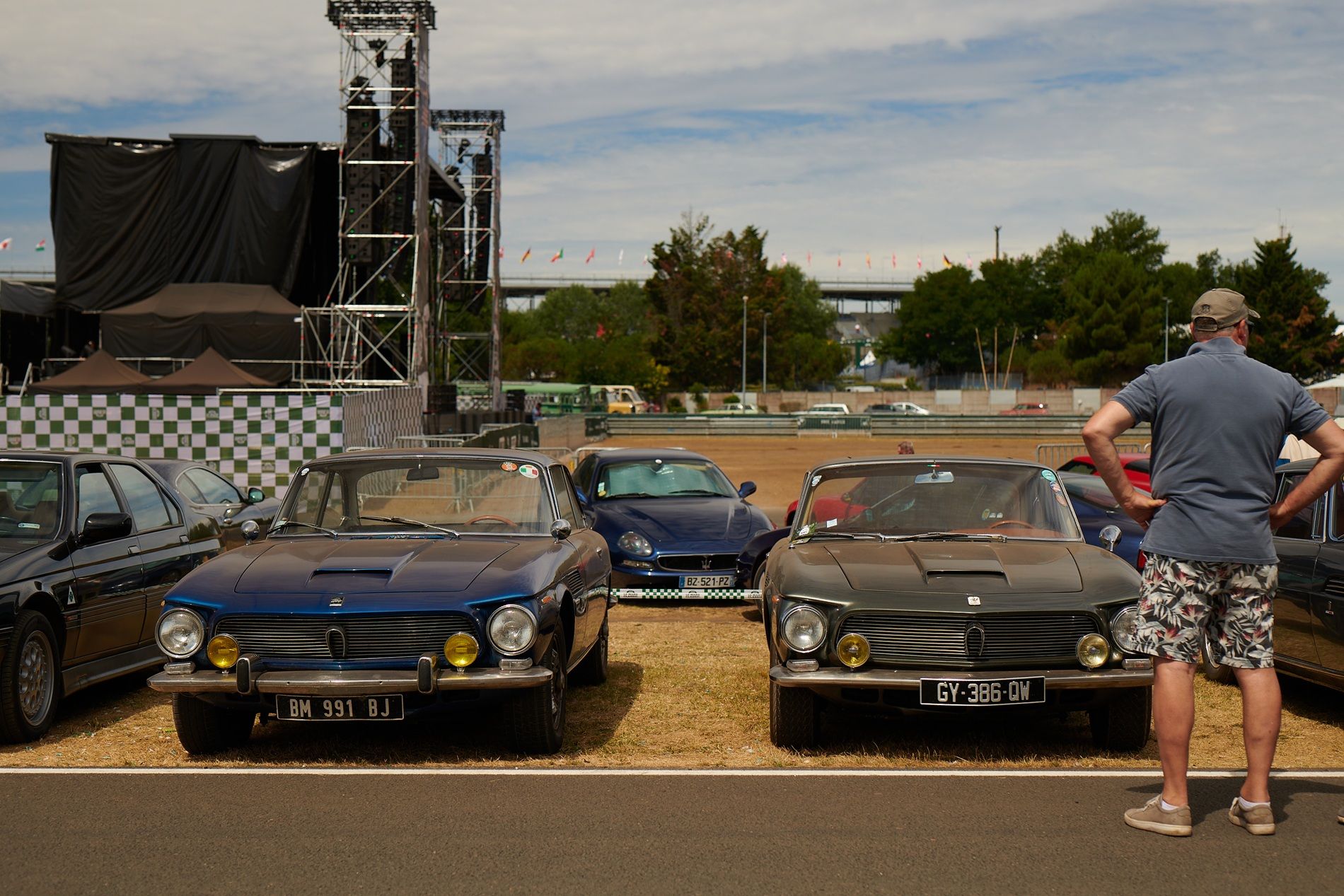
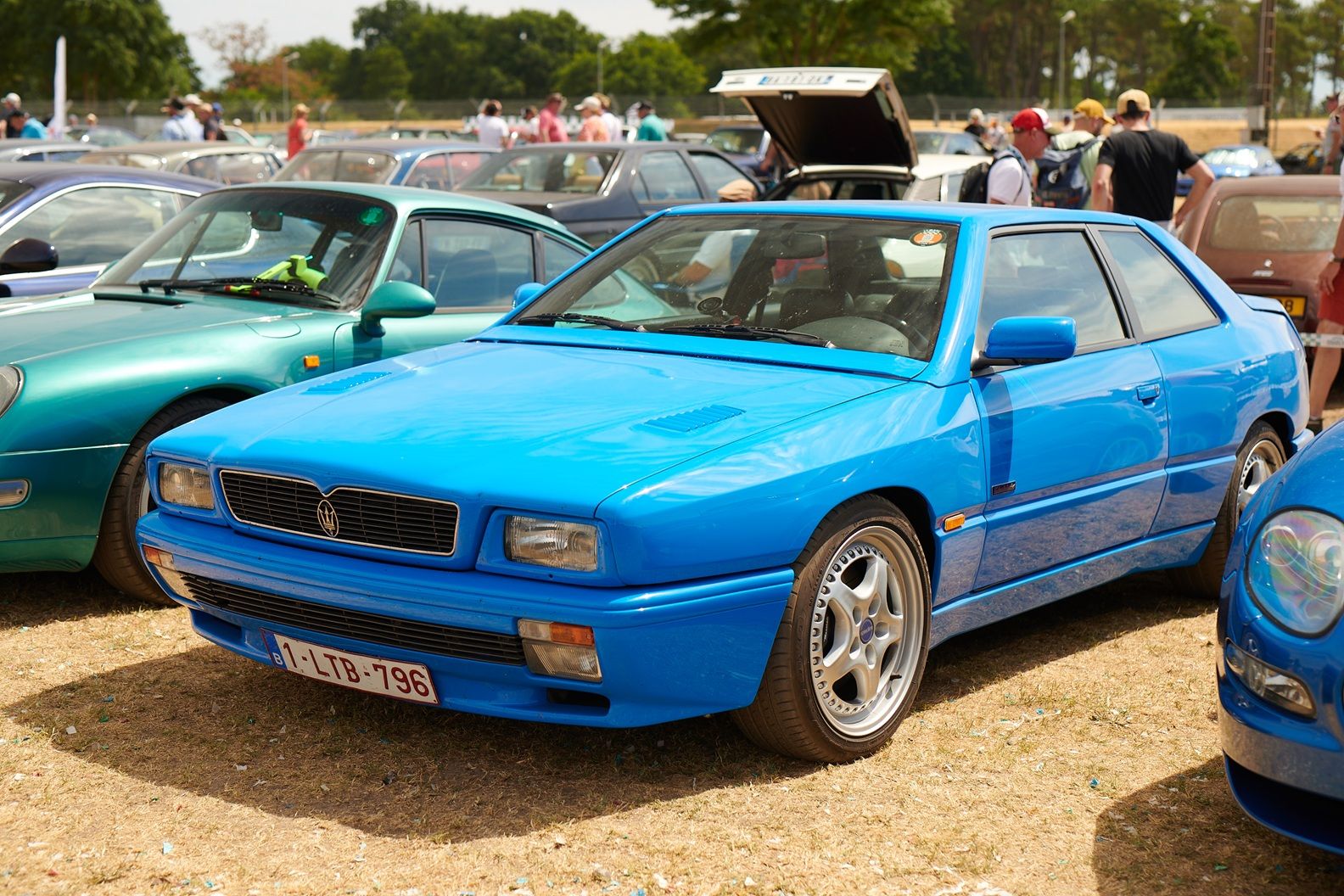
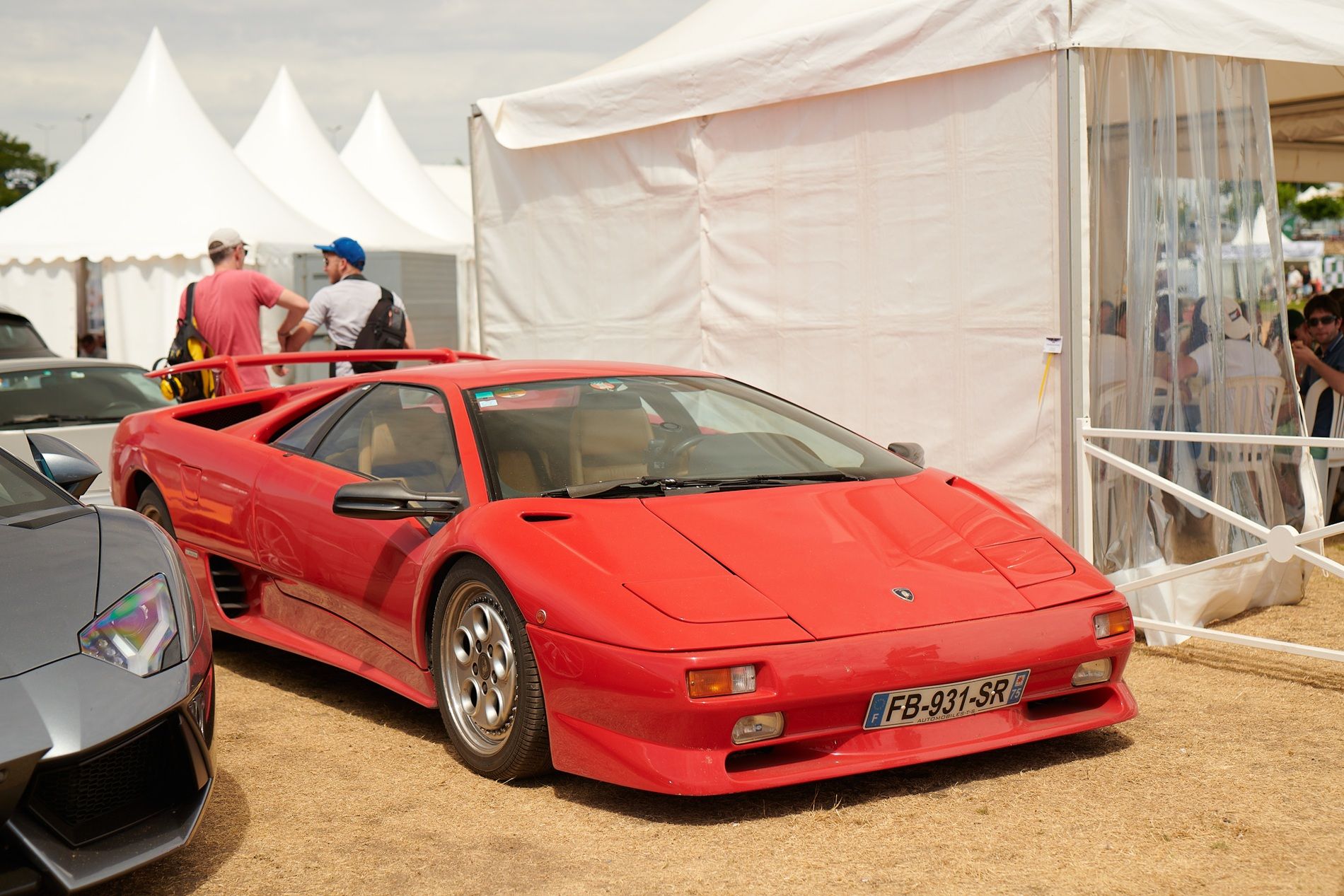
Following its resounding success, Le Mans Classic will transition to an annual format from 2026, alternating between ‘Classic’ and ‘Legend’ themes each year – a move that promises even more momentum and celebration for fans of historic motorsport.
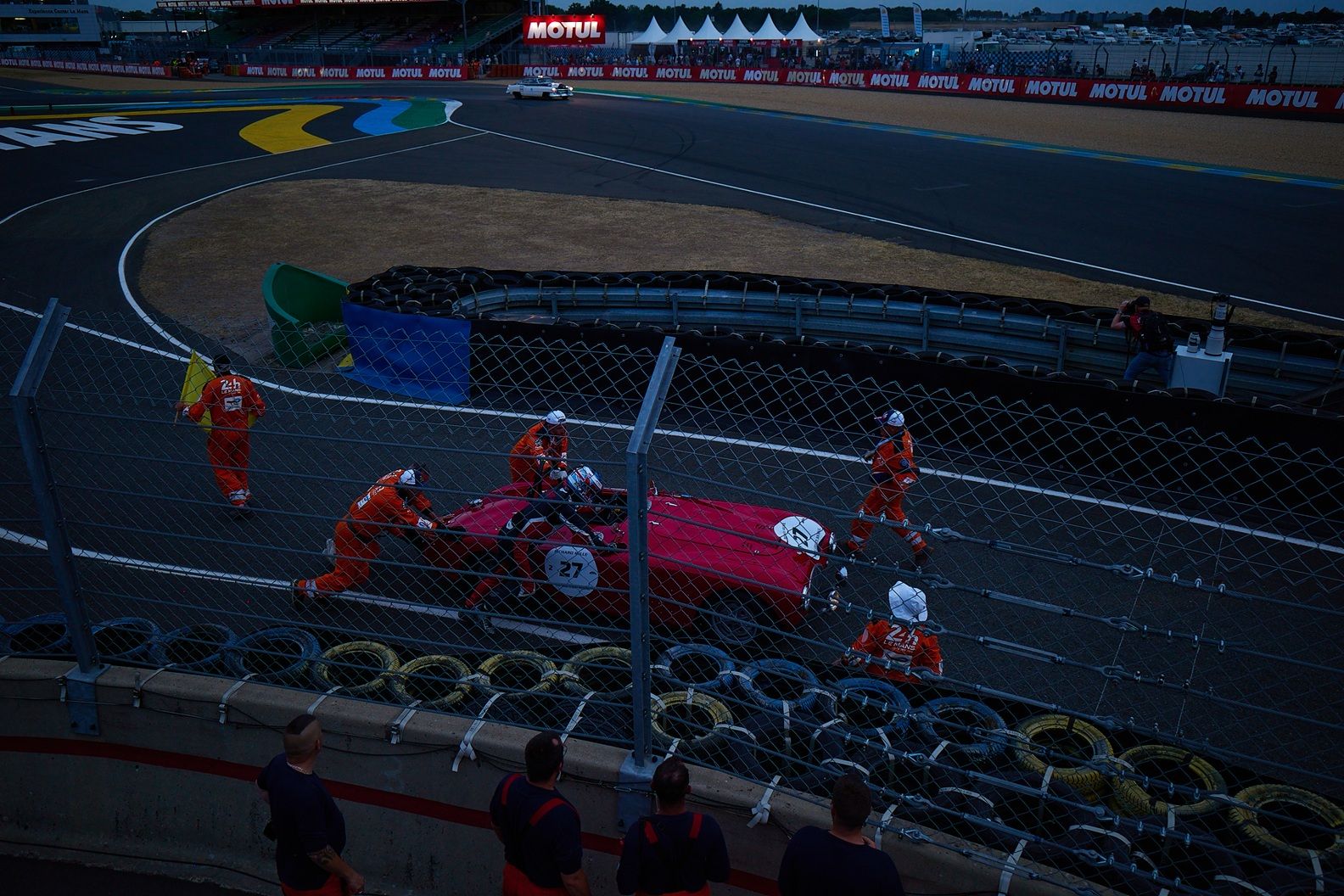
The top three finishers in each class are listed below, along with results from the Group C Sprint and Endurance Racing Legends support races.
Grid 1
1. Martin Halusa / Alexander Ames – Alfa Romeo 8C 2300 MM Spider Zagato (1932) – 1: 29: 39.465 – 7 laps
2. Fritz Burkard – Alfa Romeo 8C 2300 LM (1931) – 1: 29: 50.693 – 7 laps
3. Alex Van Der Lof / Shirley Van Der Lof – Delahaye 135 S (1935) – 1: 29: 53.176 – 7 laps
Grid 2
1. Nigel Webb / Chris Ward – Jaguar C-Type (1952) – 2: 17: 14.973 – 8 laps
2. Felix Godard / Christian Godard – Cooper T39 (1955) – 2: 18: 48.628 – 8 laps
3. Hans Kleissl / Yevgen Sokolovskiy – Mercedes-Benz 300 SL (1956) – 2: 20: 11.342 – 8 laps
Grid 3
1. Diego Meier / Remo Lips – Ferrari 250 GT SWB (1961) – 2: 19: 50.360 – 8 laps
2. Guillermo Fierro Eleta – Maserati Tipo 61 Birdcage (1960) – 2: 19: 56.849 – 8 laps
3. Thomas Alexander / James Alexander – Aston Martin DB4 GT (1961) – 2: 19: 59.349 – 8 laps
Grid 4
1. Emile Breittmayer – Ford GT40 (1965) – 2: 05: 03.550 – 10 laps
2. Benjamin Monnay – Shelby Cobra 289 (1964) – 2: 10: 24.896 – 10 laps
3. Alex Van Der Lof / Yelmer Buurman – Ferrari 250 LM (1965) – 2: 10: 46.373 – 10 laps
Grid 5
1. Niklas Halusa – Ferrari 512 M (1971) – 1: 26: 36.748 – 9 laps
2. Jan Magnussen / Chris Ward – Lola T70 Mk.3B GT (1969) – 1: 26: 39.215 – 9 laps
3. Charlie Hyett – Chevron B19 (1971) – 1: 27: 41.618 – 9 laps
Grid 6
1. Maxime Guenat – Lola T286 (1979) – 1: 32: 03.483 – 11 laps
2. Ross Hyett / Charlie Hyett – Chevron B31 (1975) – 1: 36: 20.279 – 11 laps
3. Tony Sinclair / Nick Padmore – Lola T292 (1973) – 1: 36: 34.277 – 11 laps
Groupe C Racing – Race 1
1. Maxime Guenat – Peugeot 905 Evo 1 Bis (1993) – 45: 25.842 – 11 laps
2. David Hart / Olivier Hart – Lola T92/10 (1992) – 45: 33.453 – 11 laps
3. Ivan Vercoutere / Ralf Kelleners – Porsche 962 C (1990) – 45: 37.879 – 11 laps
Groupe C Racing – Sprint (30 min)
1. Ivan Vercoutere / Ralf Kelleners – Porsche 962 C (1990) – 16: 19.162 – 3 laps
2. Philip Kadoorie – Porsche 962 C (1990) – 16: 21.769 – 3 laps
3. Lukas Halusa – Porsche 962 C (1992) – 16: 56.539 – 3 laps
Endurance Racing Legends – Race 1
1. Maxwell Lynn – Bentley Speed 8 (2003) – 48: 22.153 – 9 laps
2. Emmanuel Collard – Pescarolo C60 (2005) – 49: 13.668 – 9 laps
3. Niklas Halusa – Audi R8 LMP (2000) – 49: 23.836 – 9 laps
Endurance Racing Legends – Sprint (30 min)
1. Max Chilton – Zytek 04S (2004) – 35: 25.627 – 7 laps
2. Emmanuel Collard – Pescarolo C60 (2005) – 35: 31.024 – 7 laps
3. Ivan Vercoutere / Alex Müller – Dome S101 (2001) – 35: 51.688 – 7 laps

Comments
Sign in or become a deRivaz & Ives member to join the conversation.
Just enter your email below to get a log in link.
